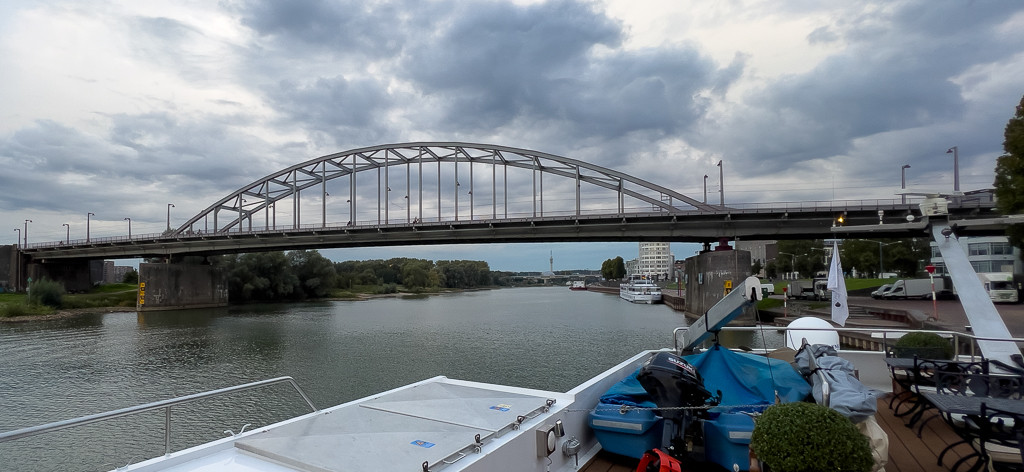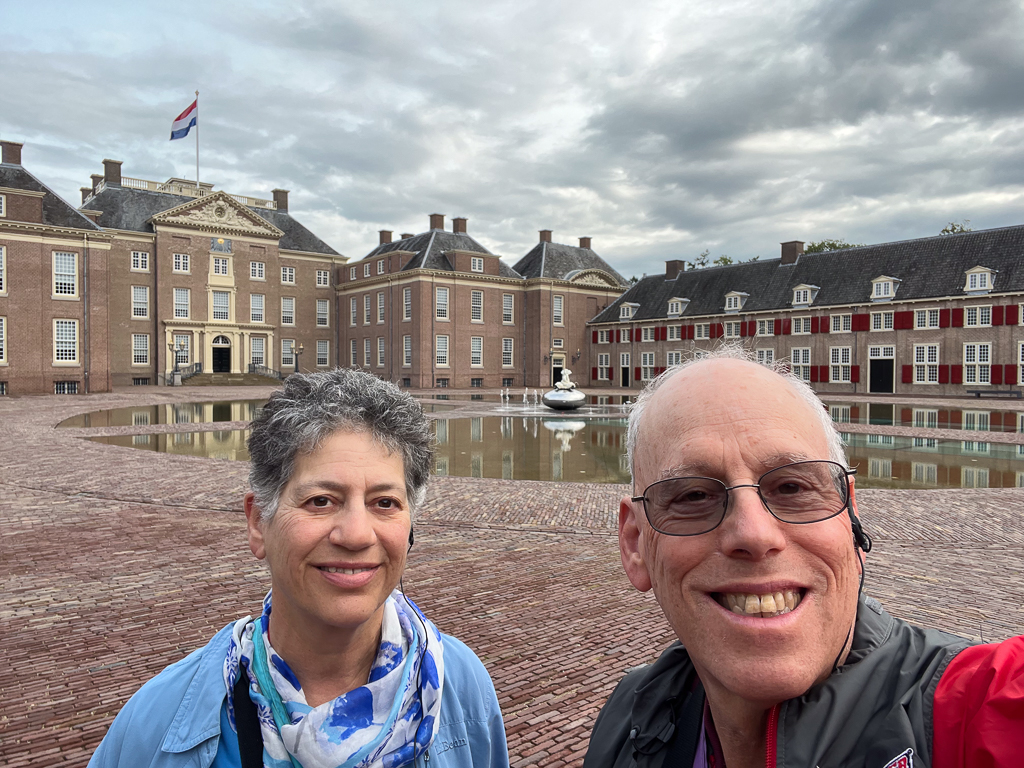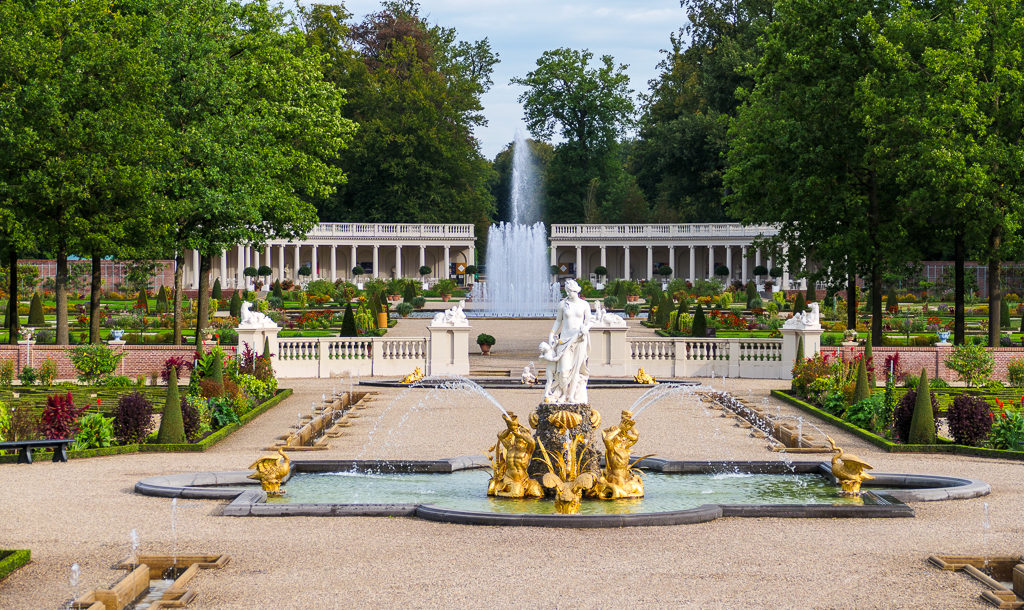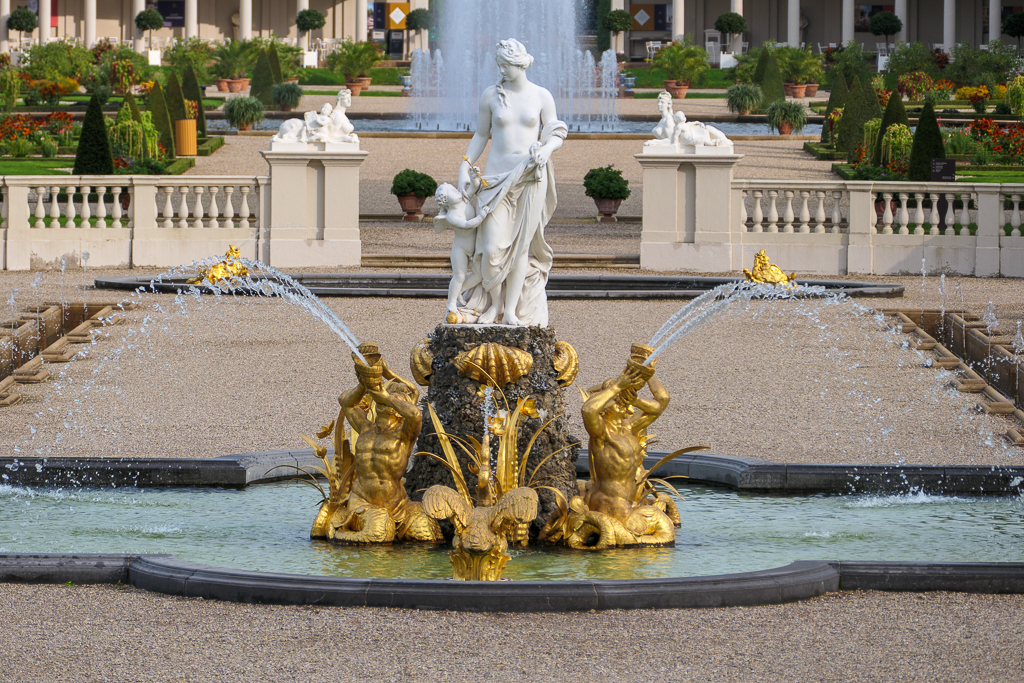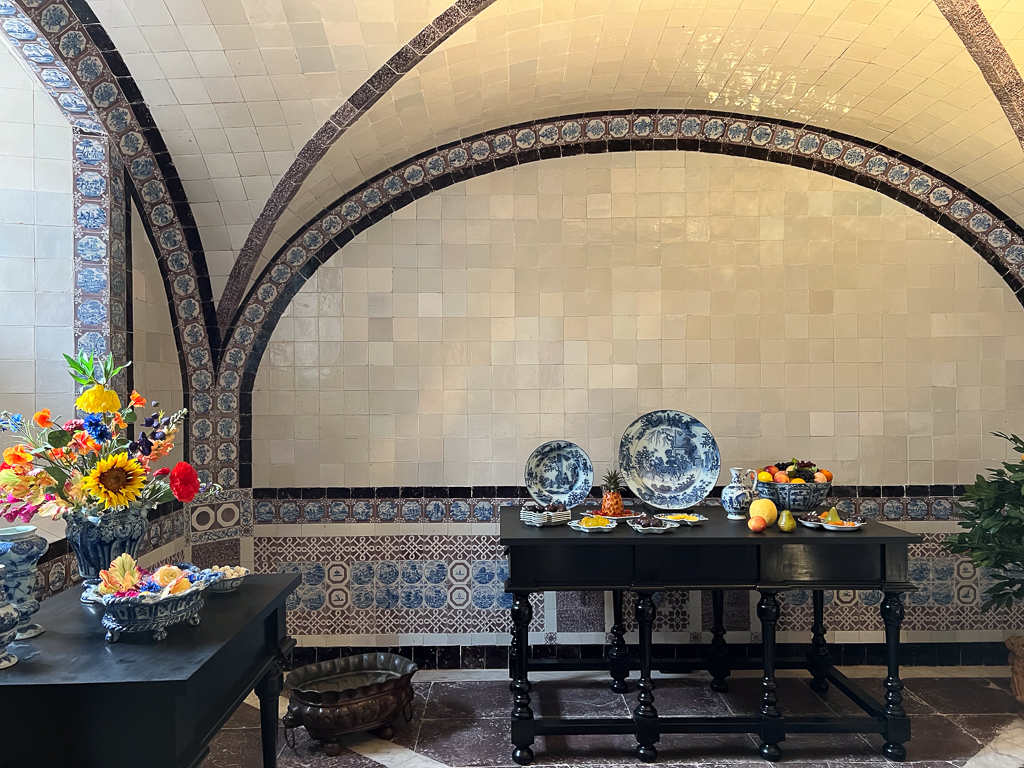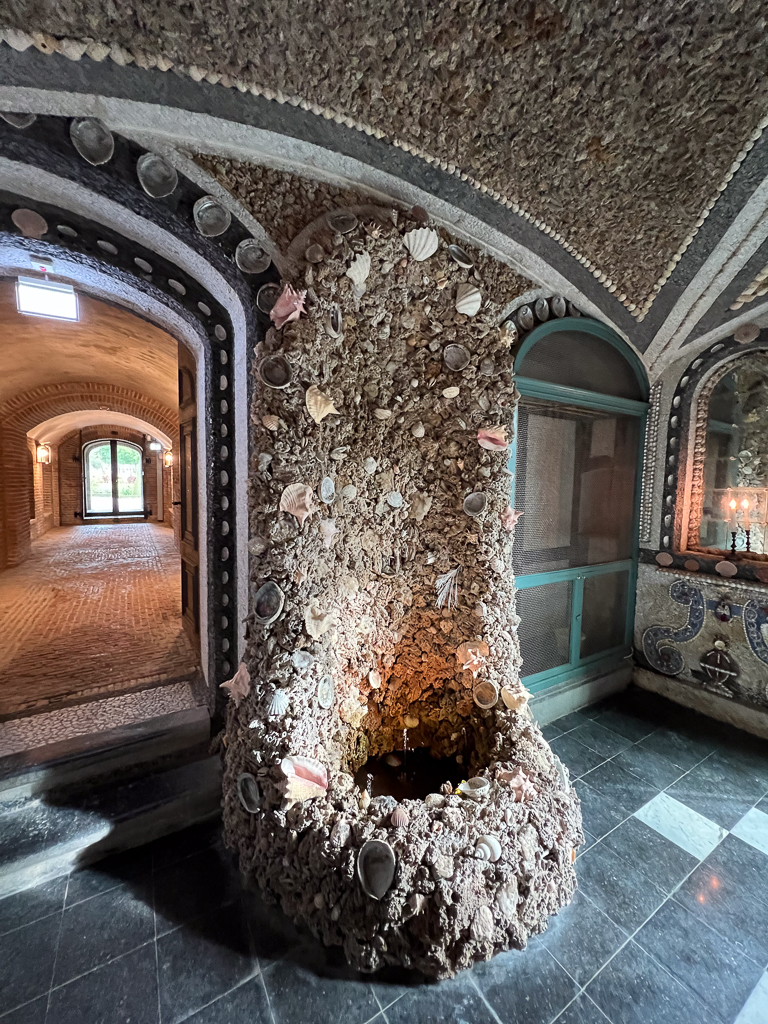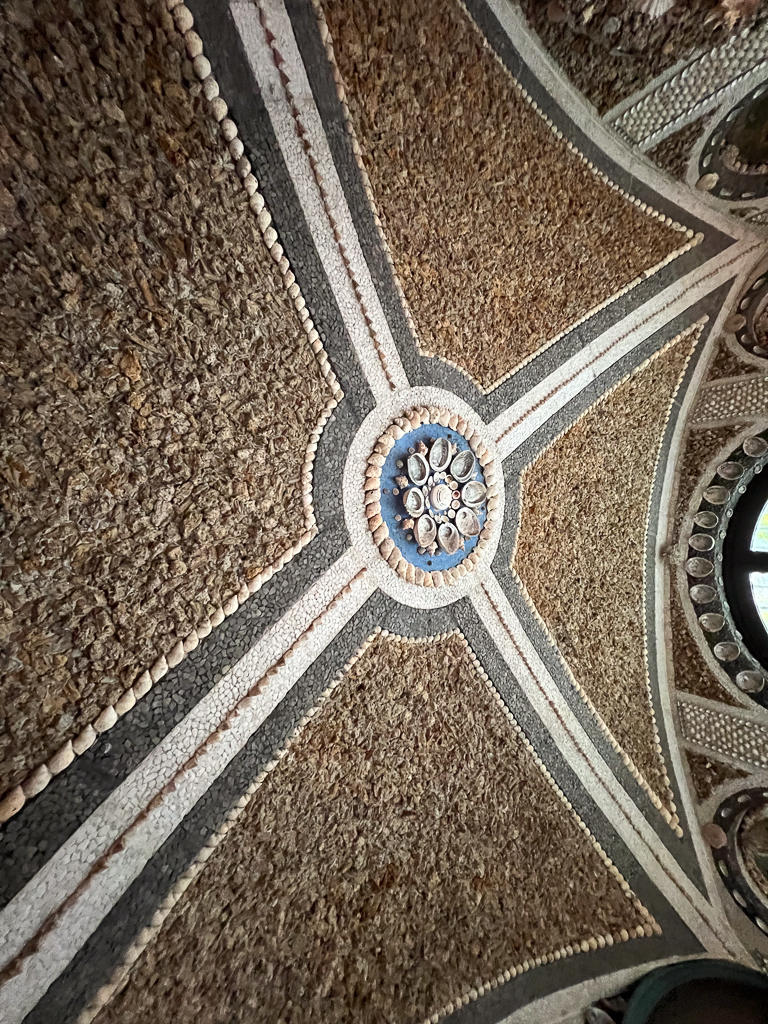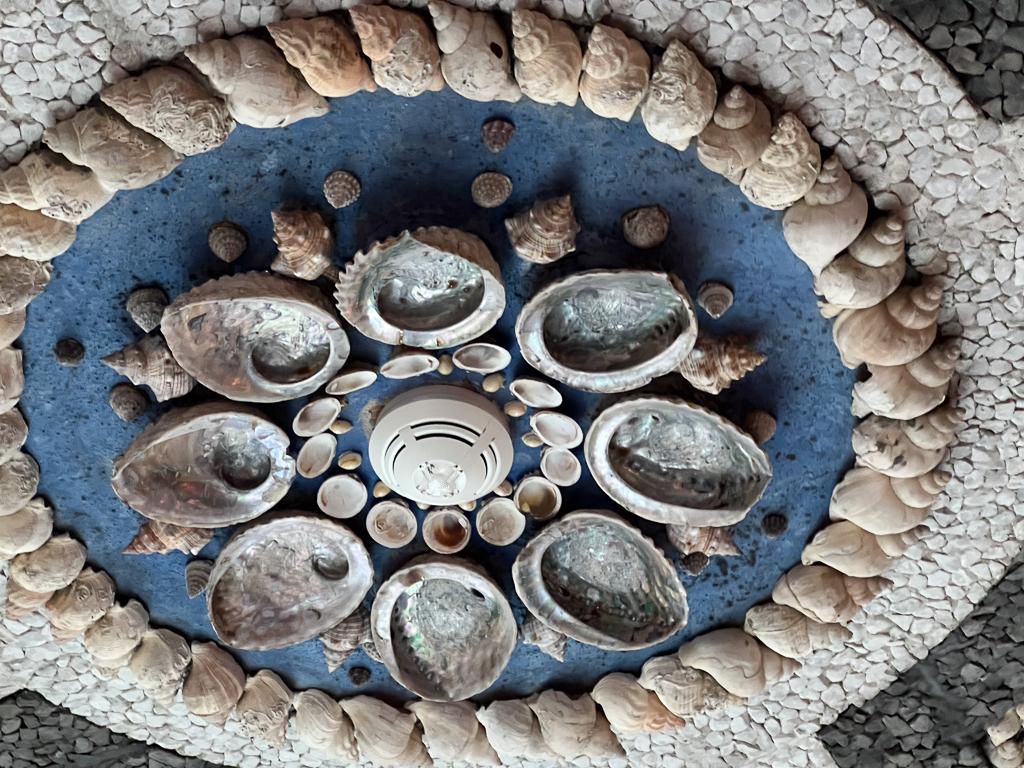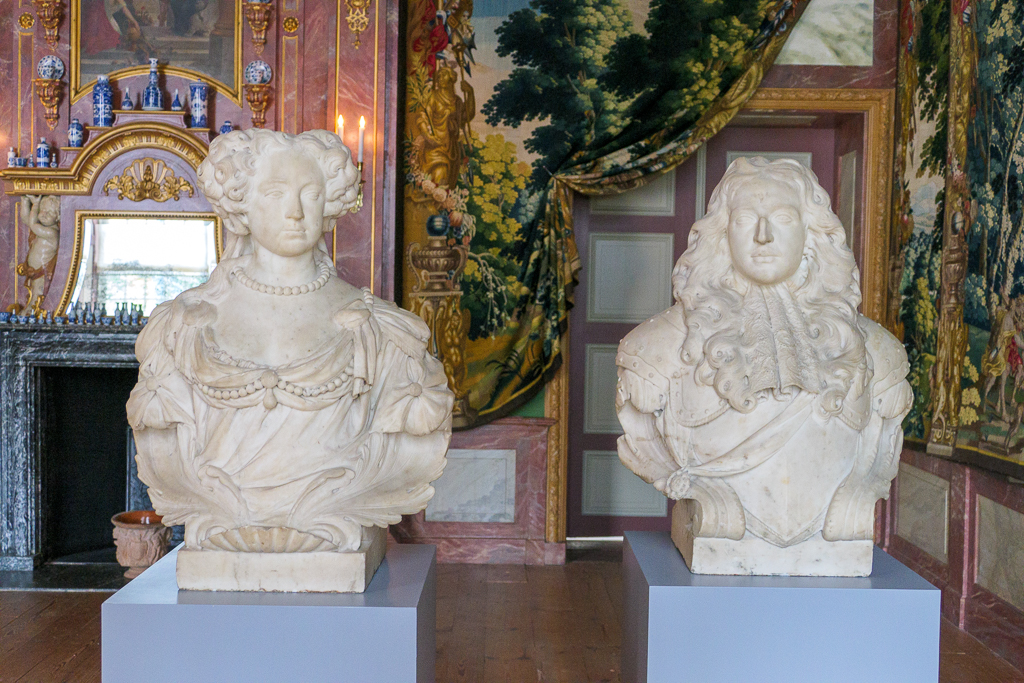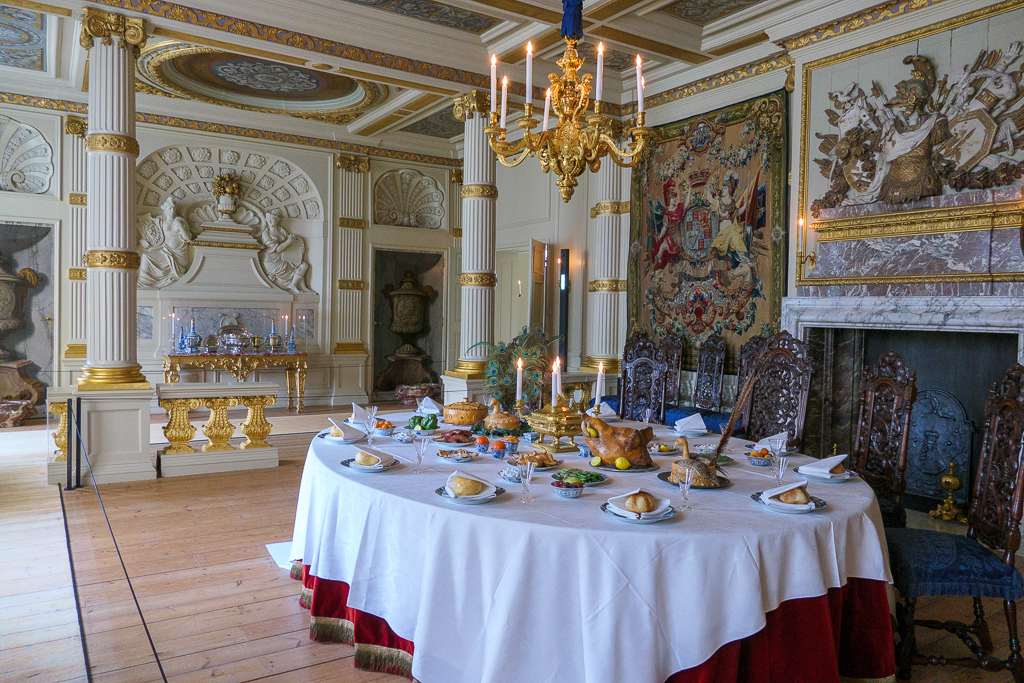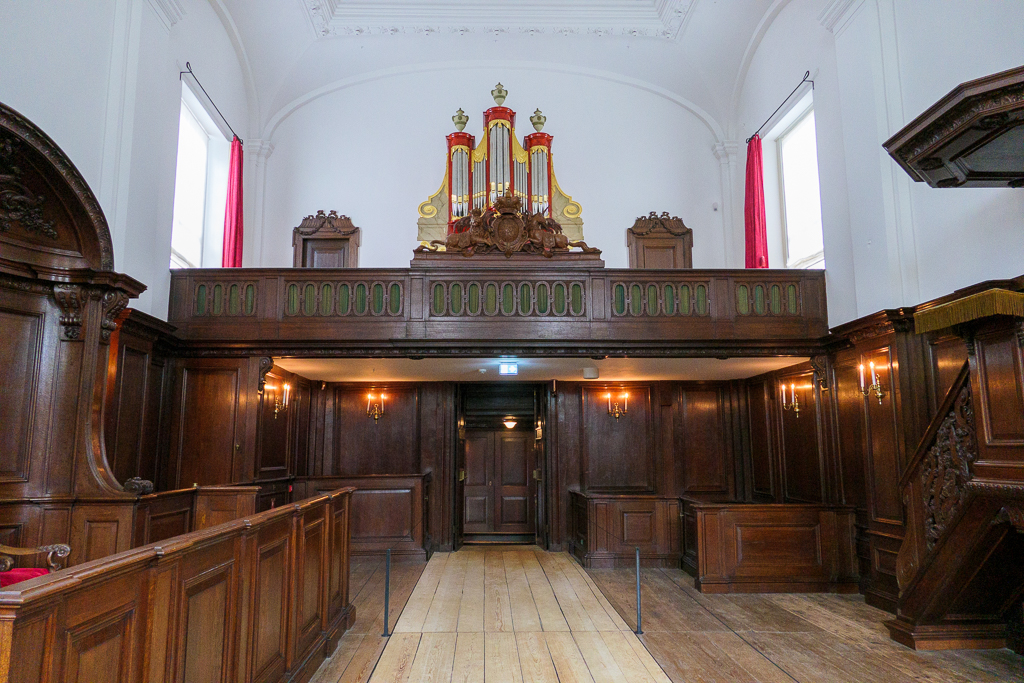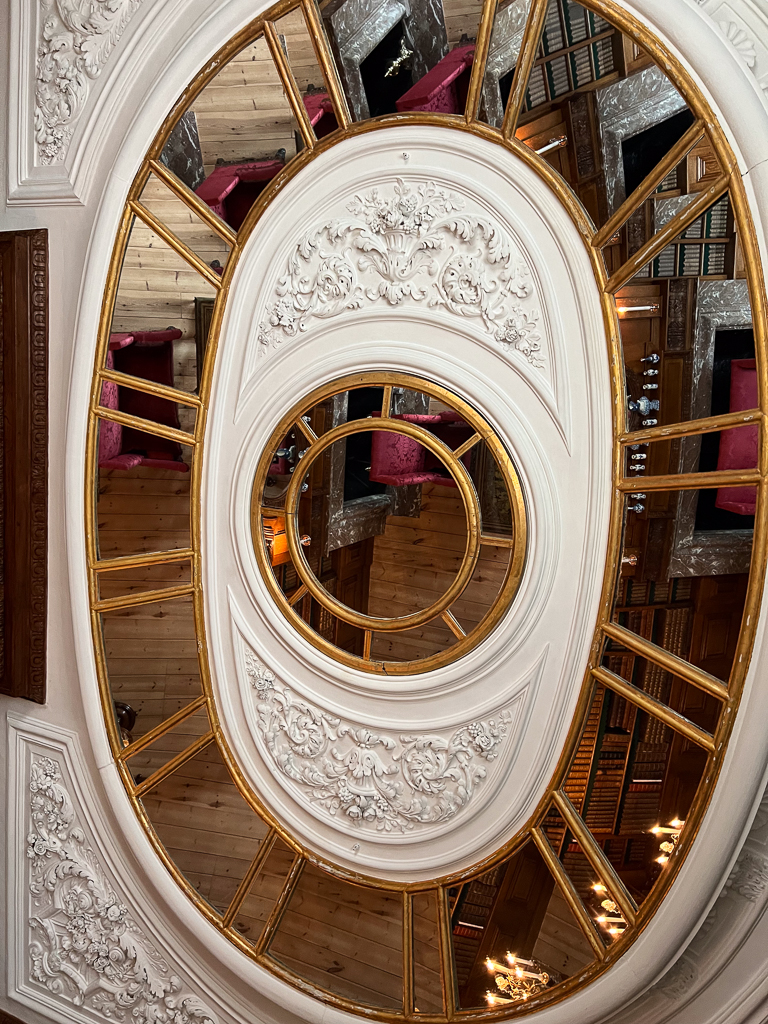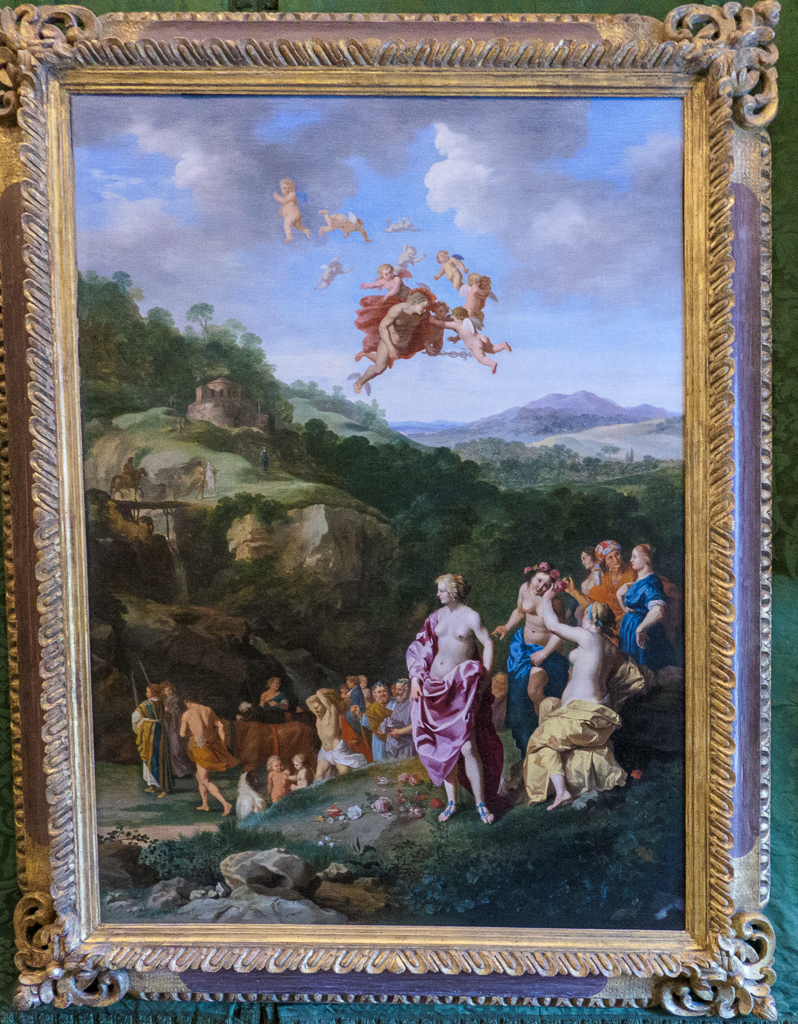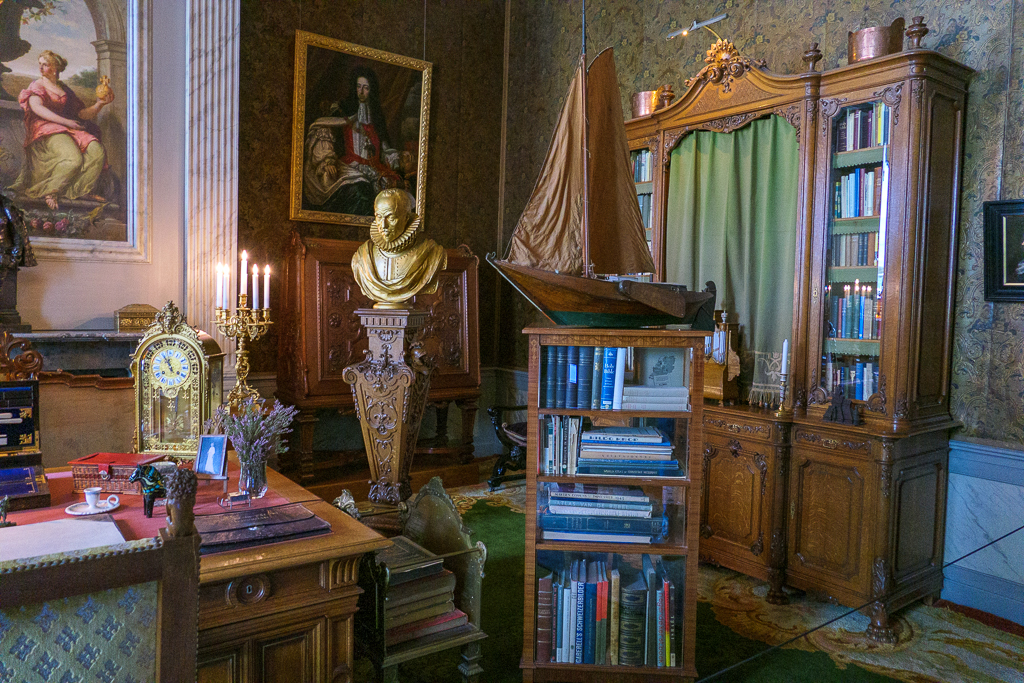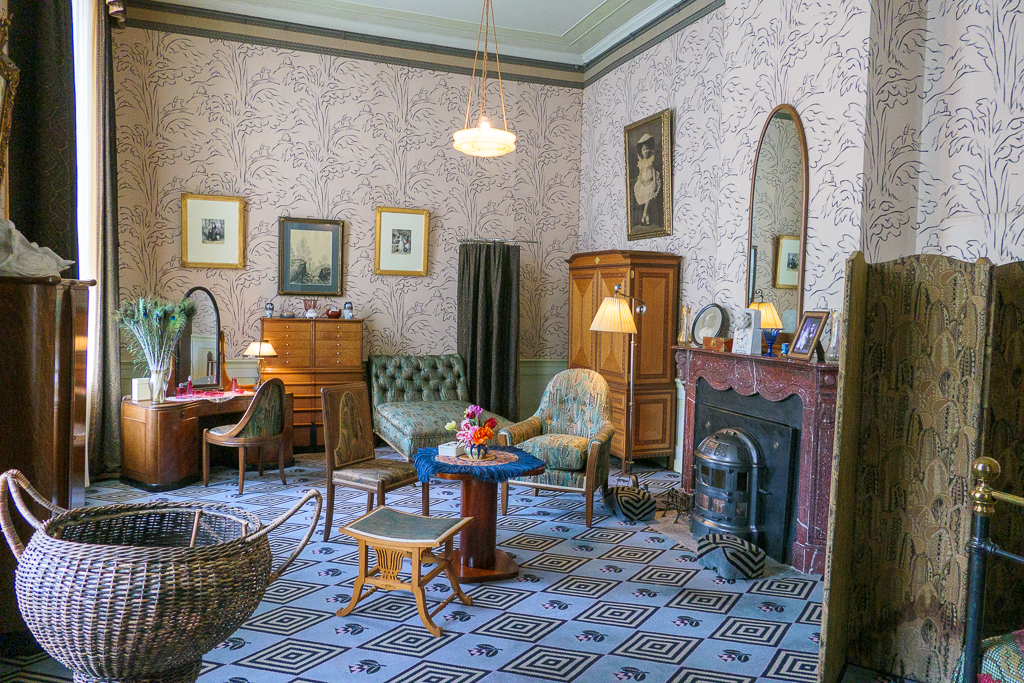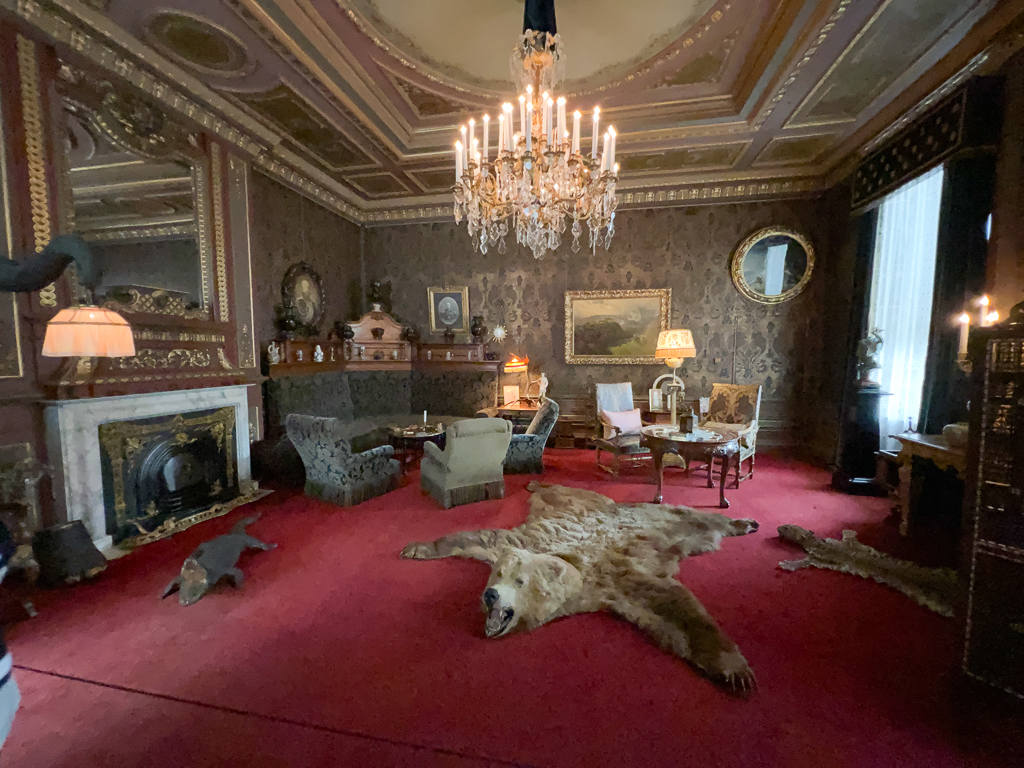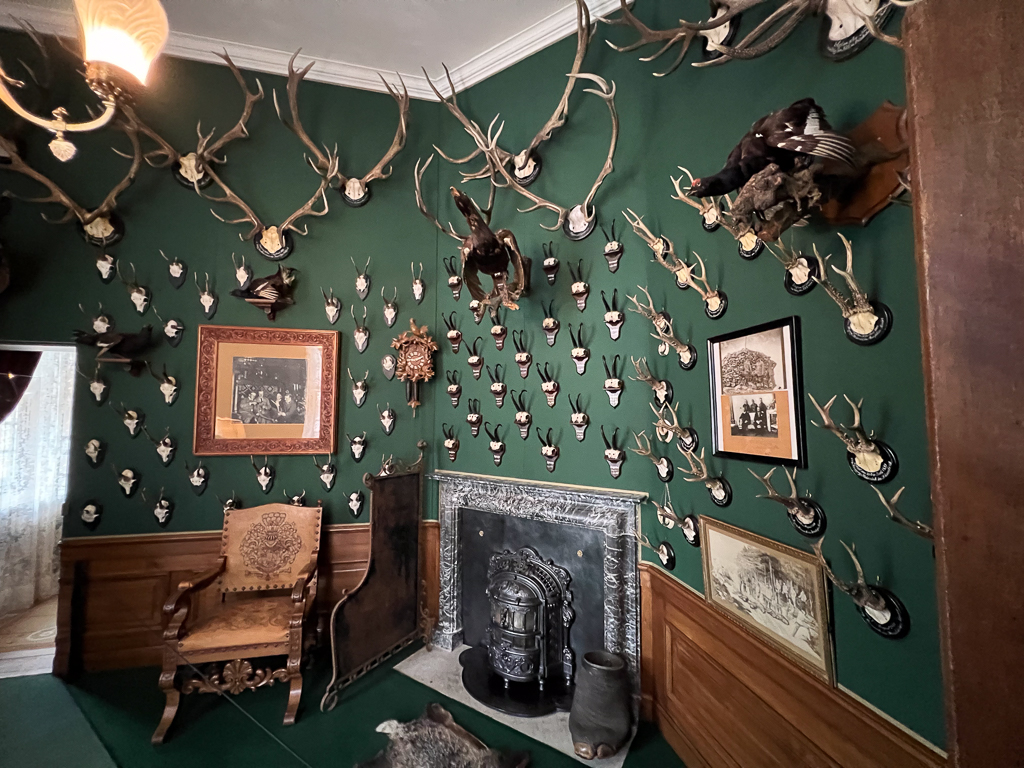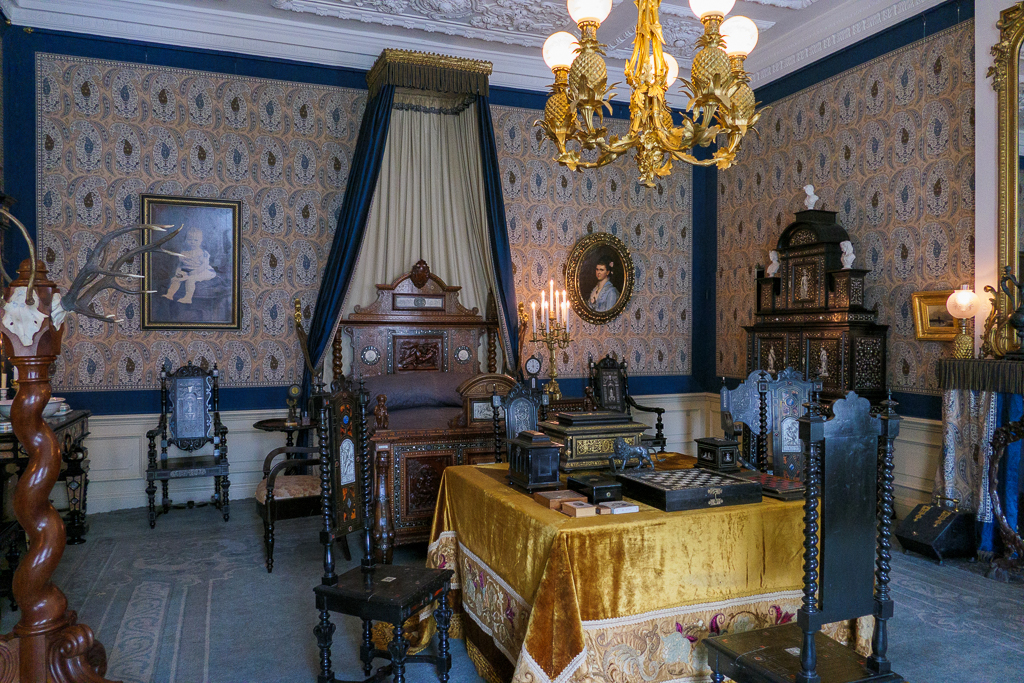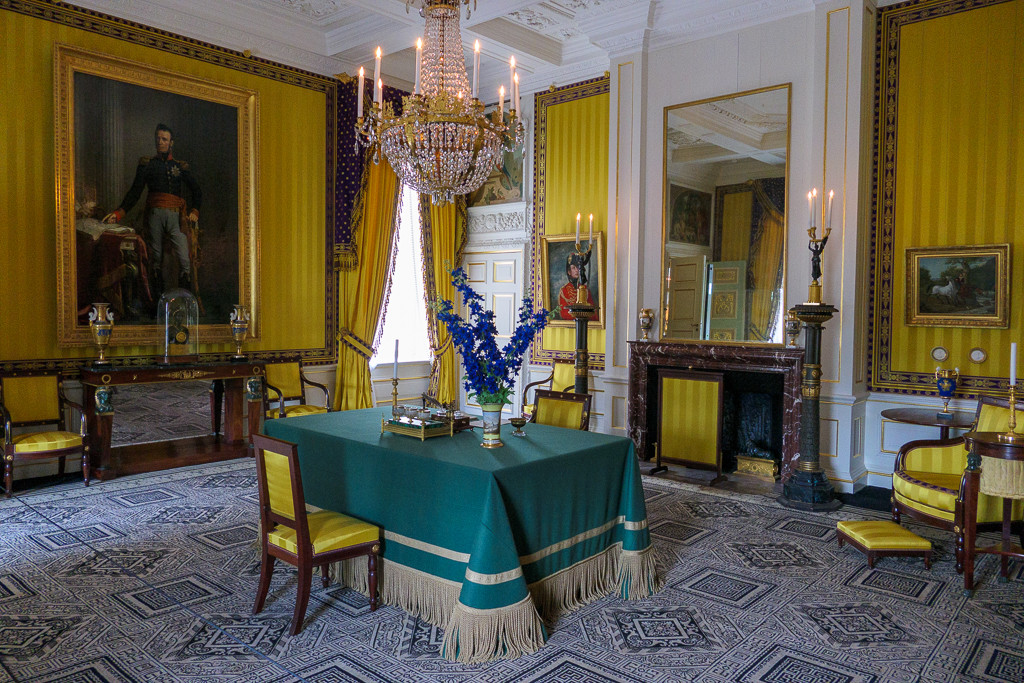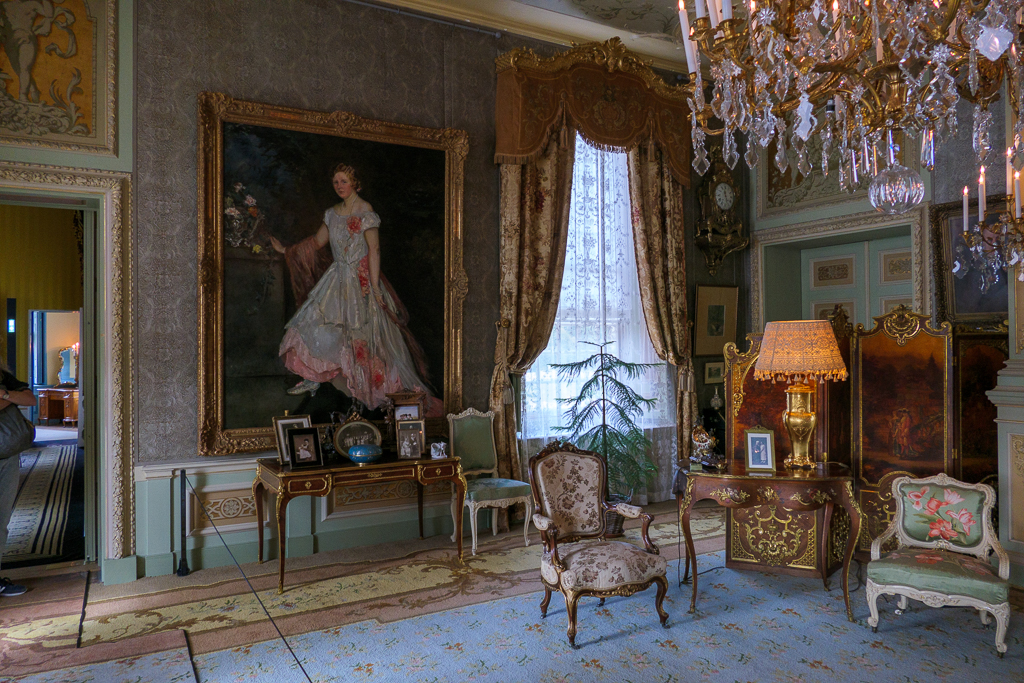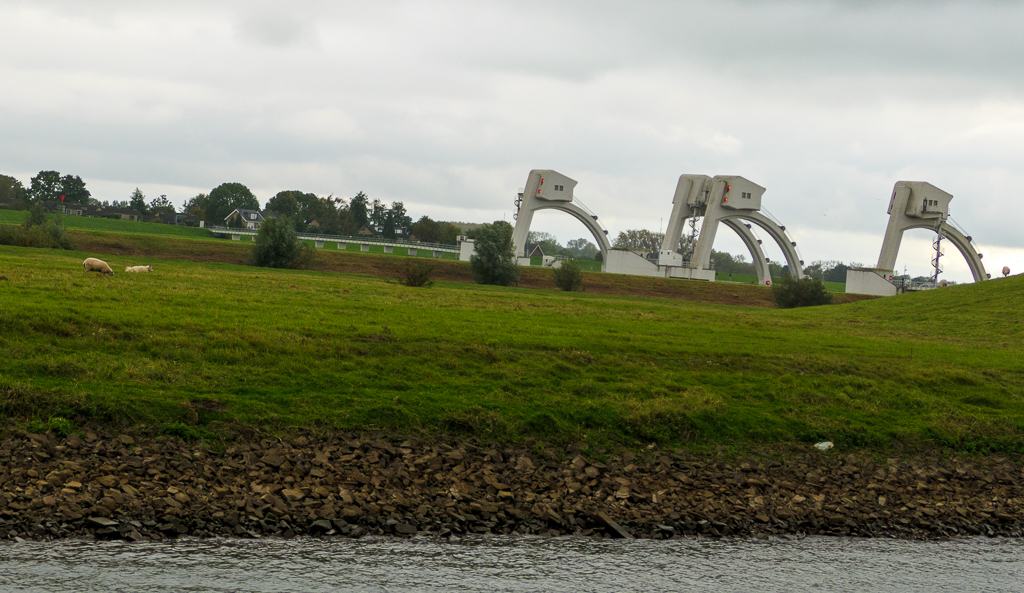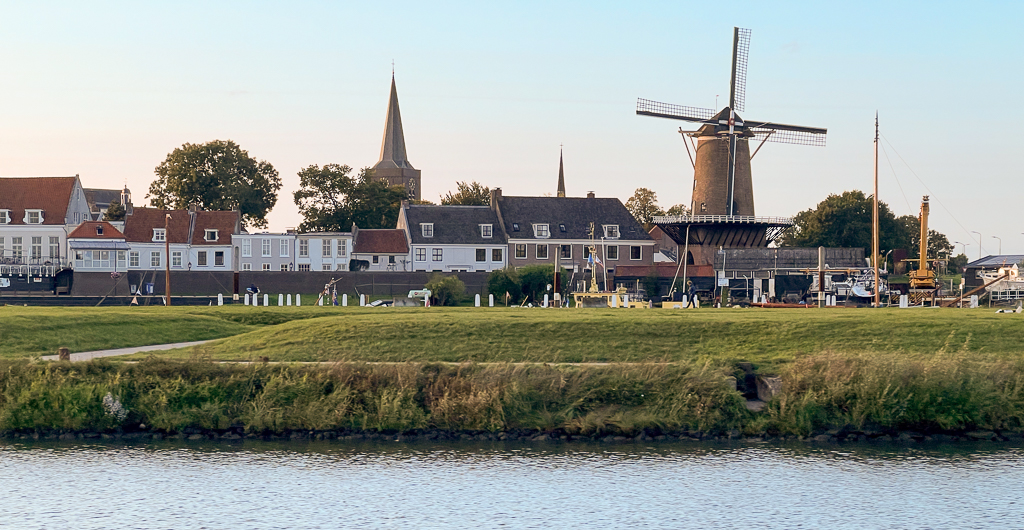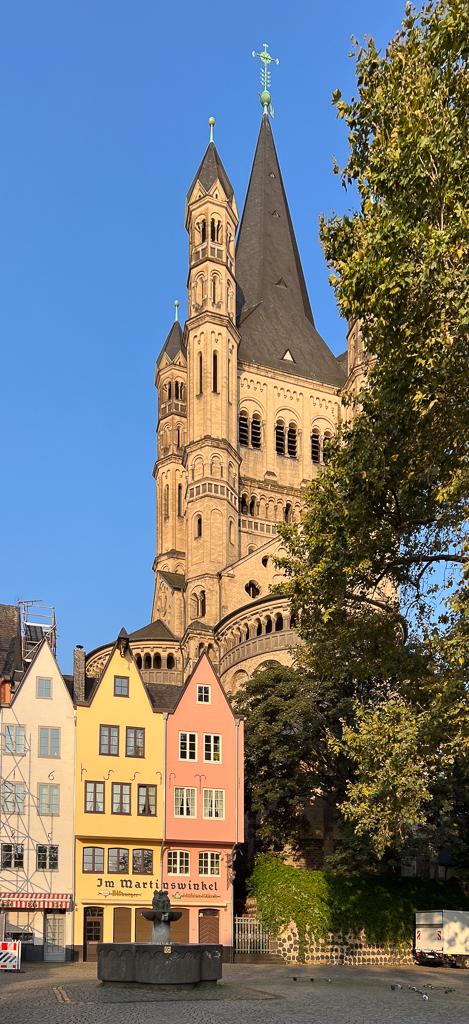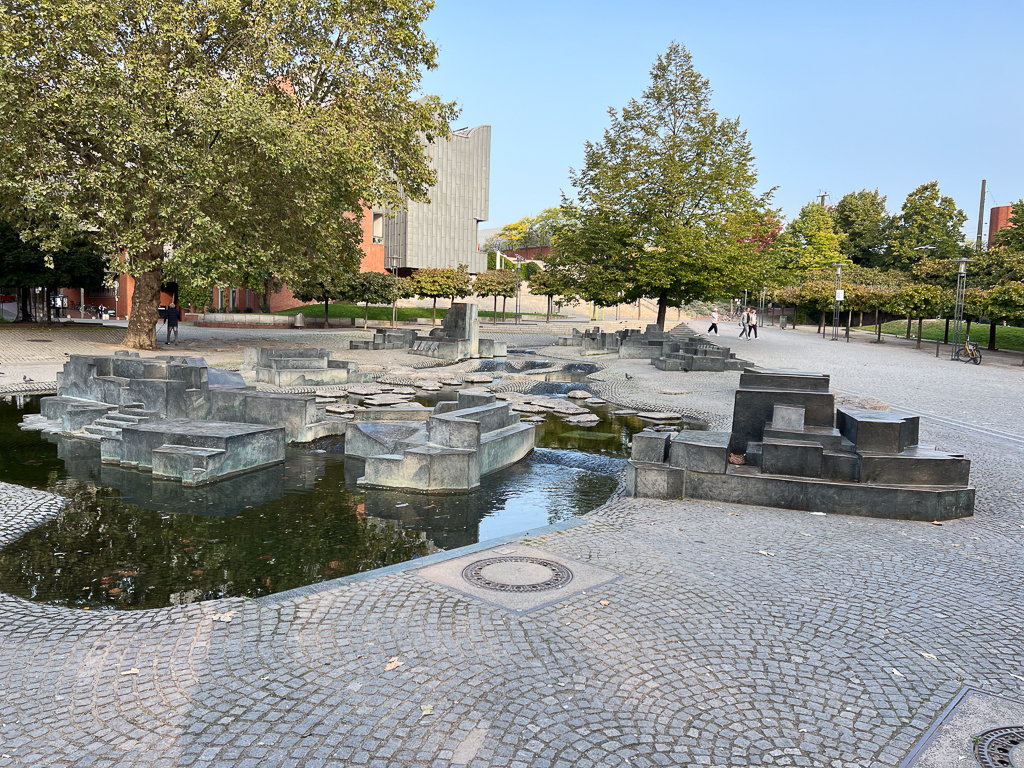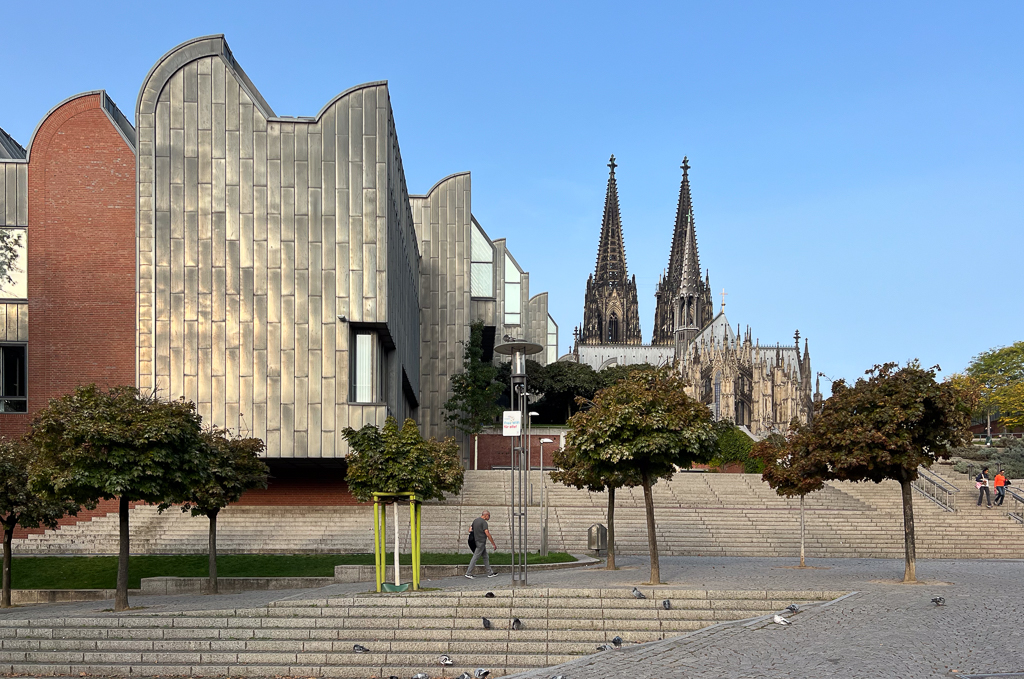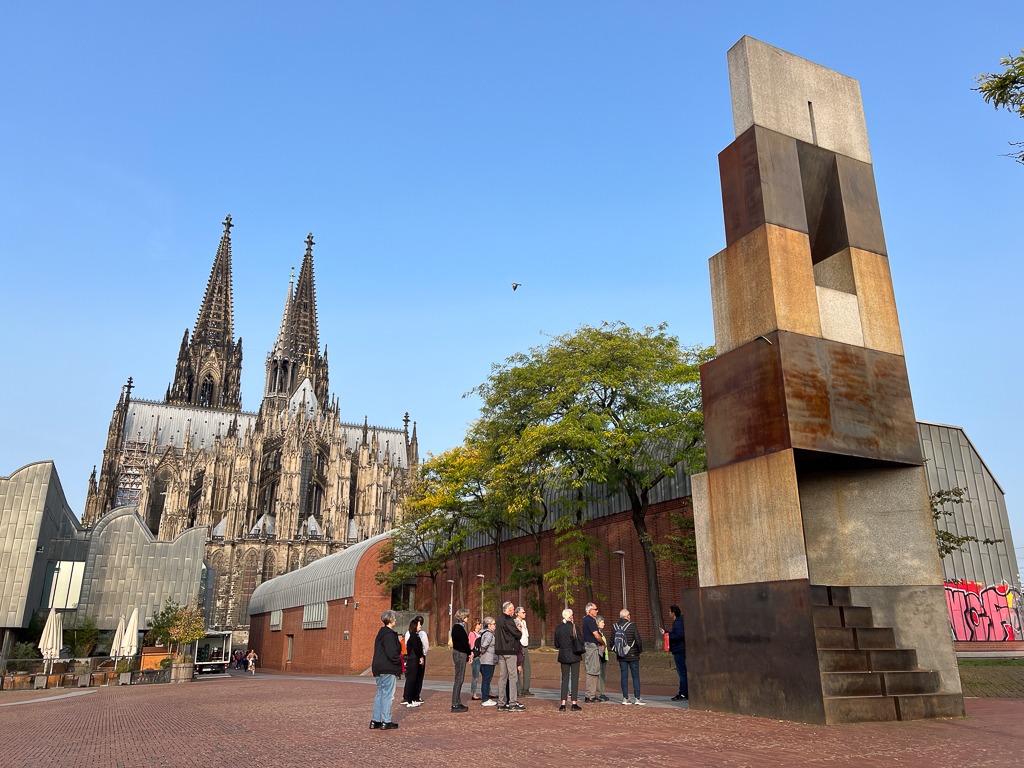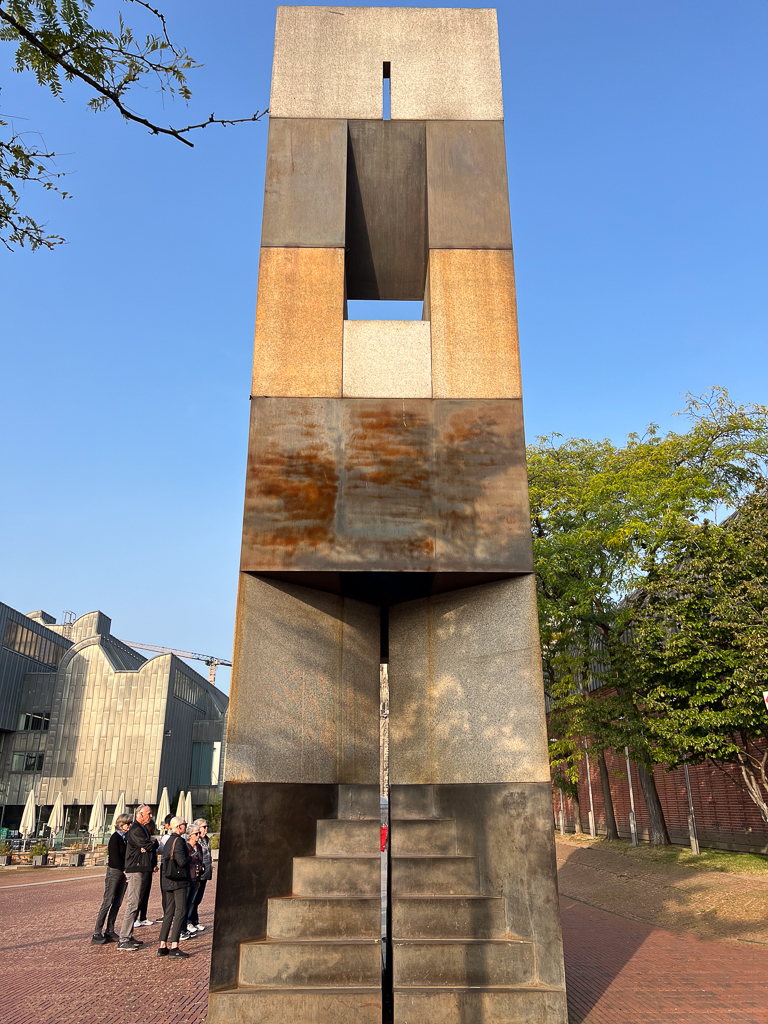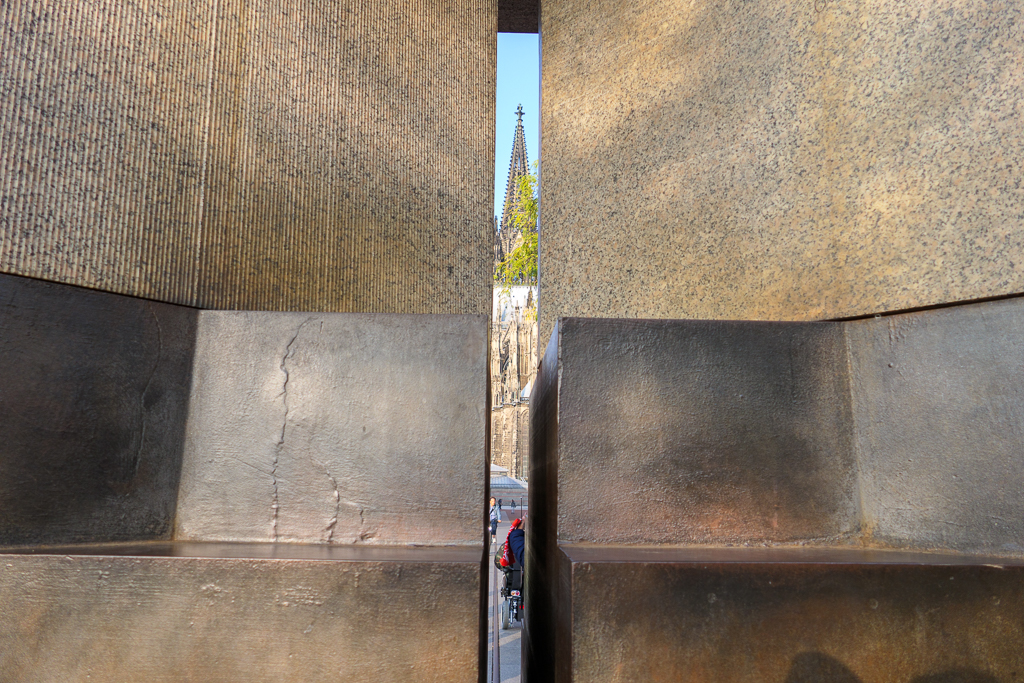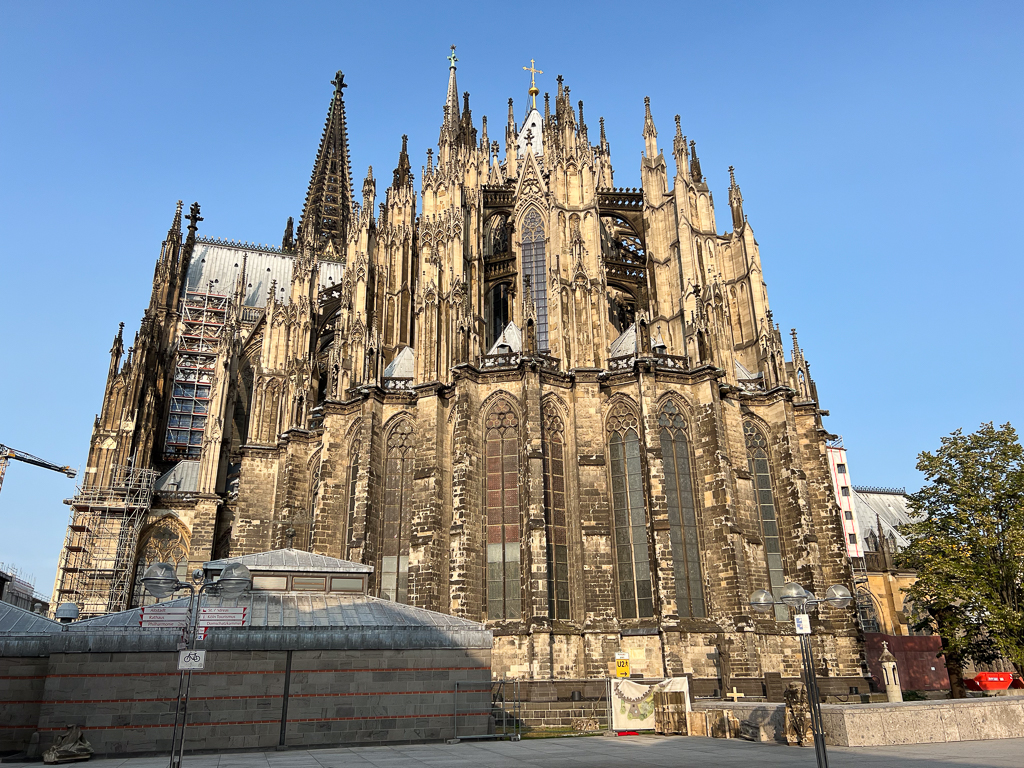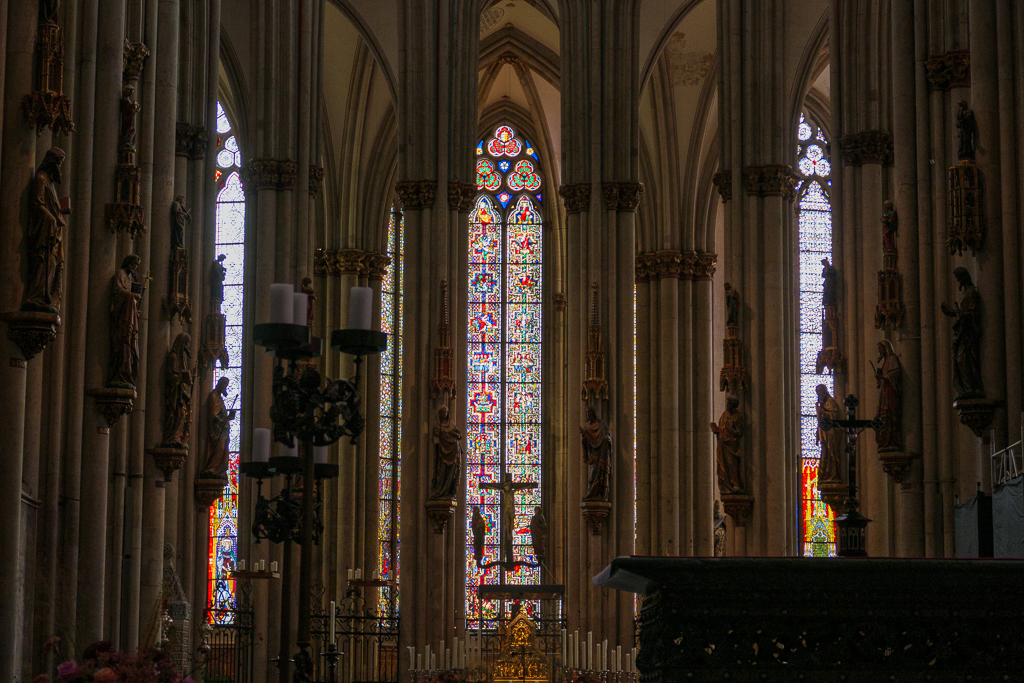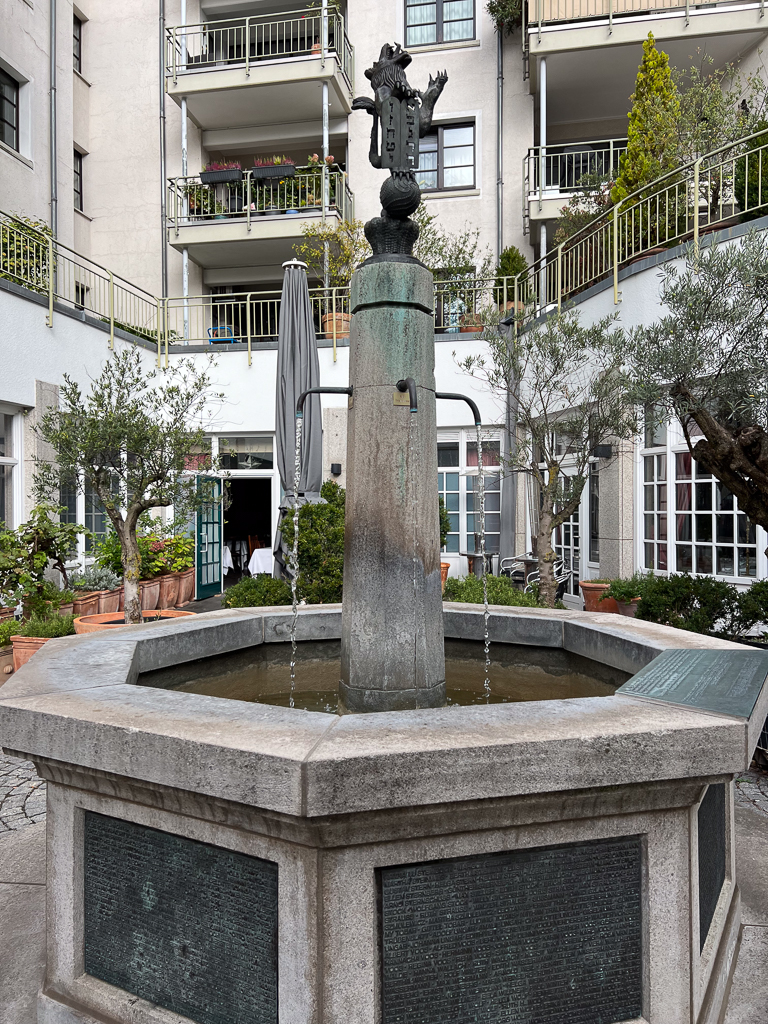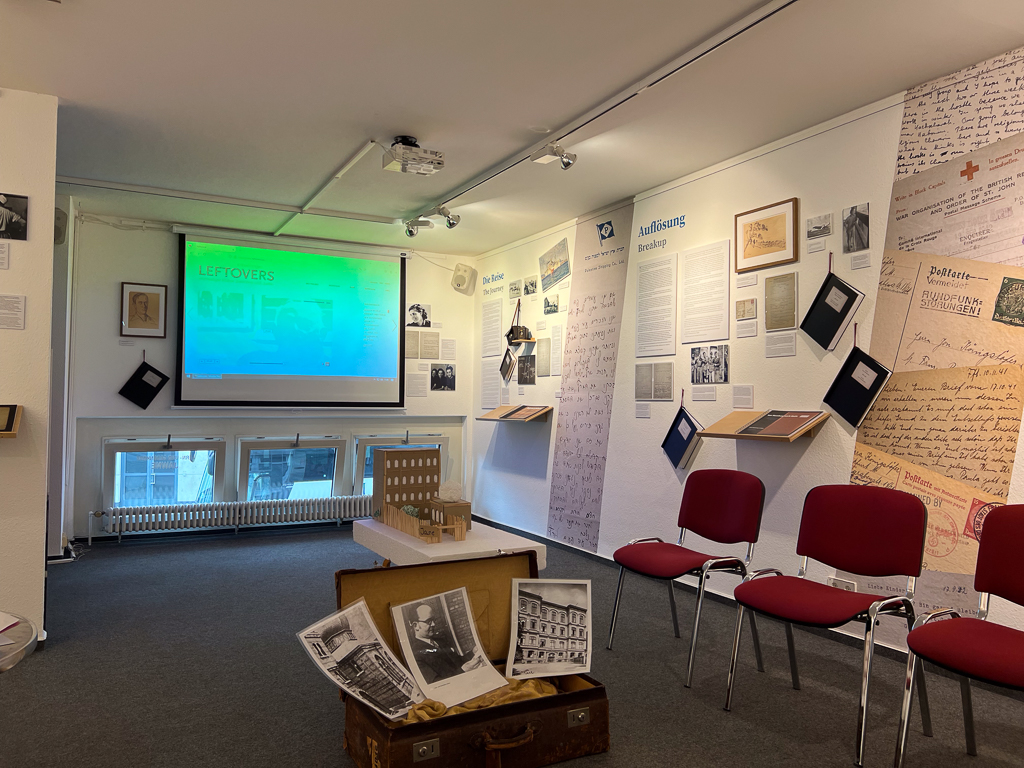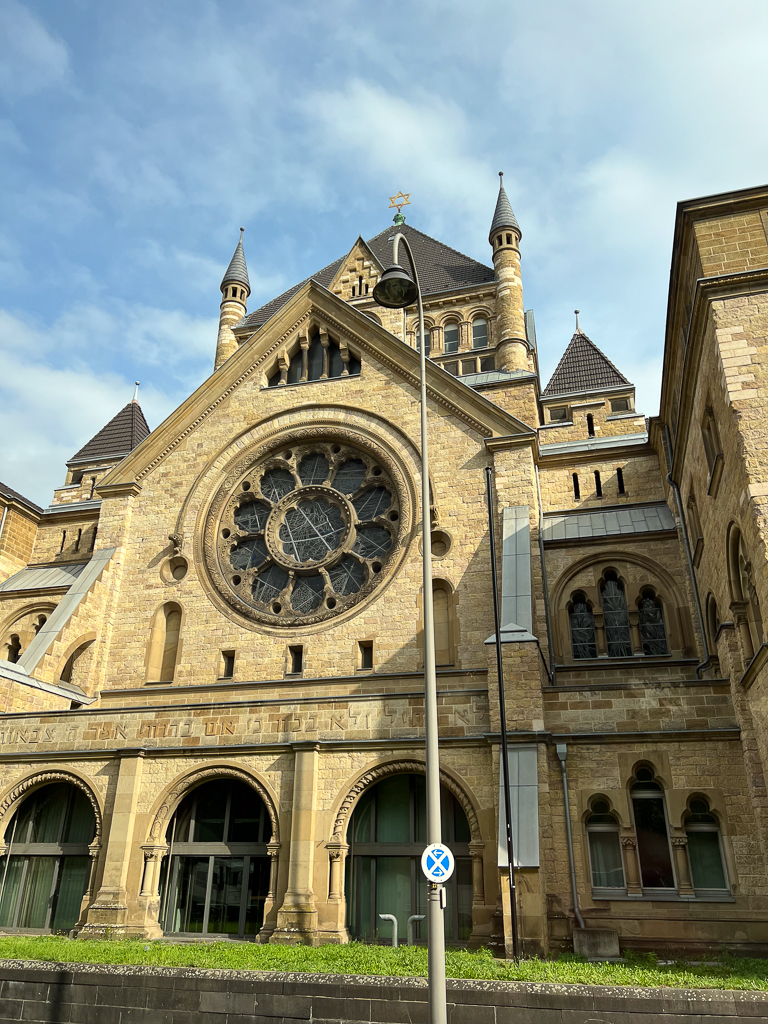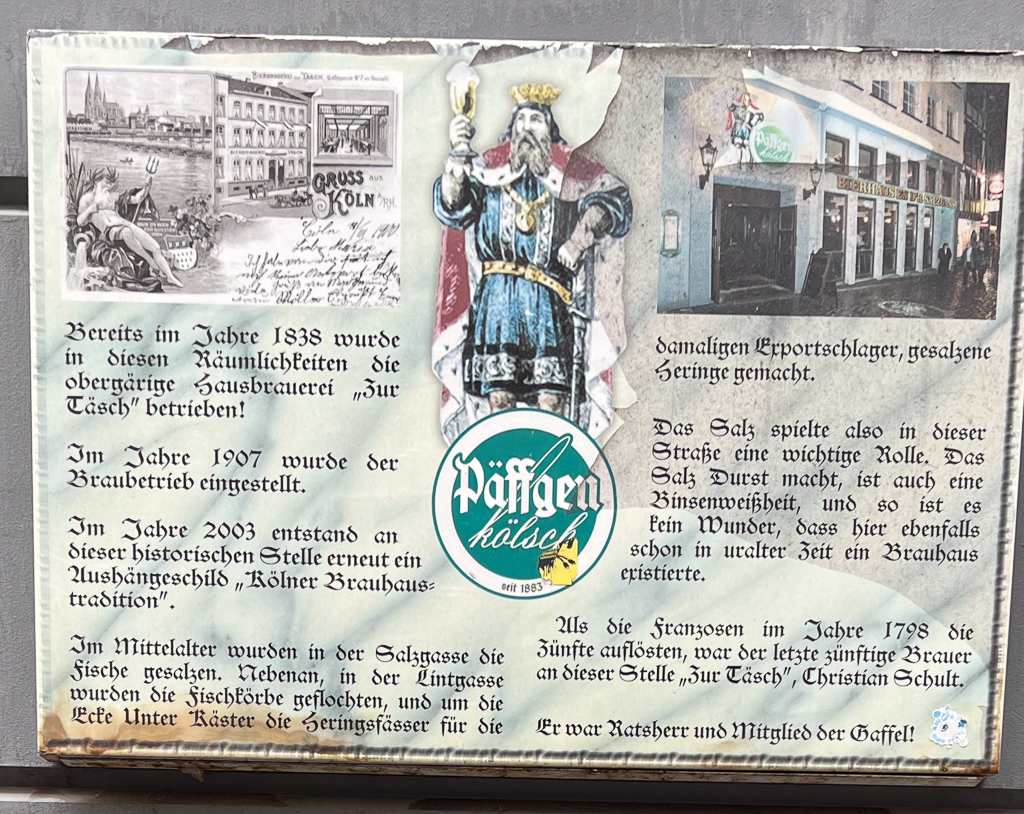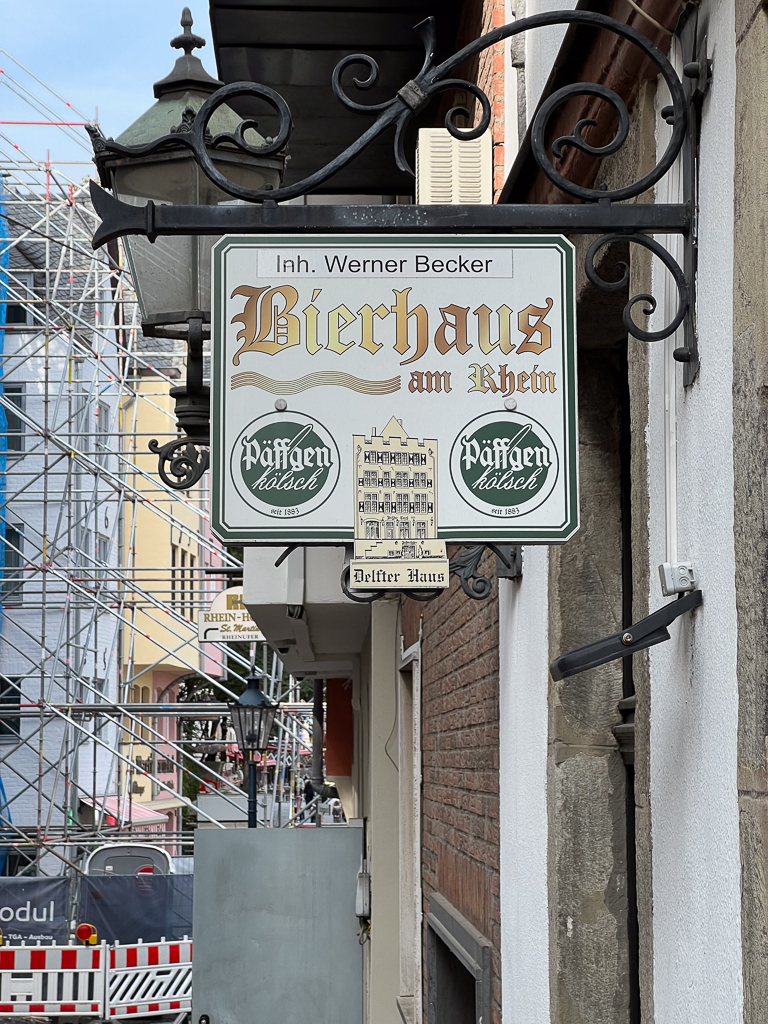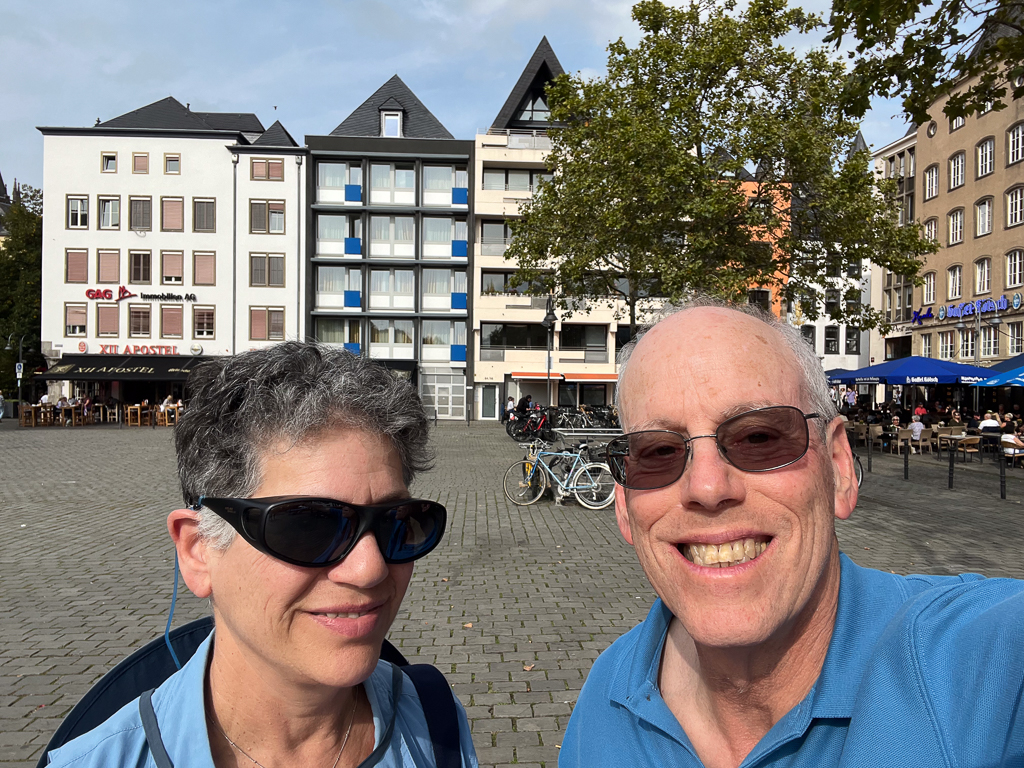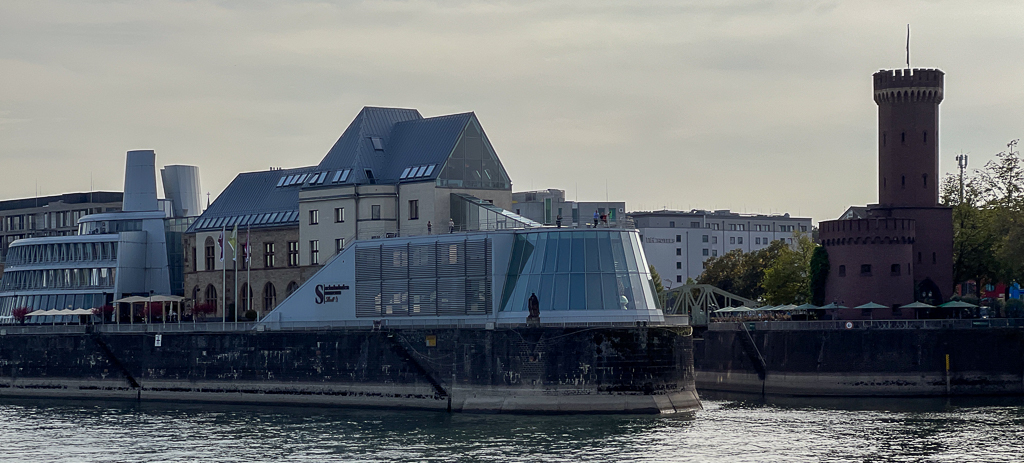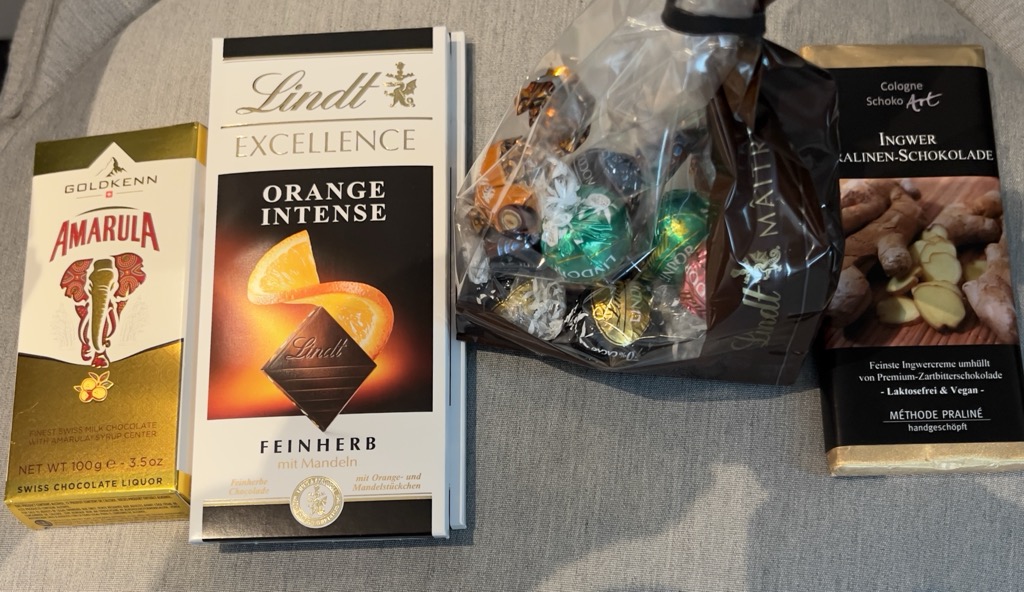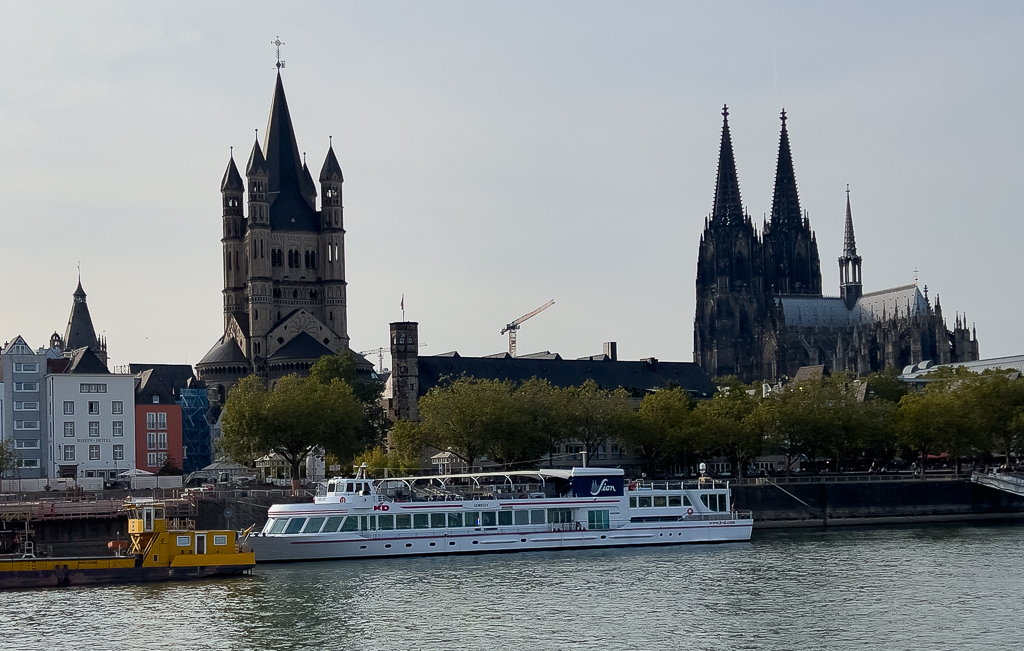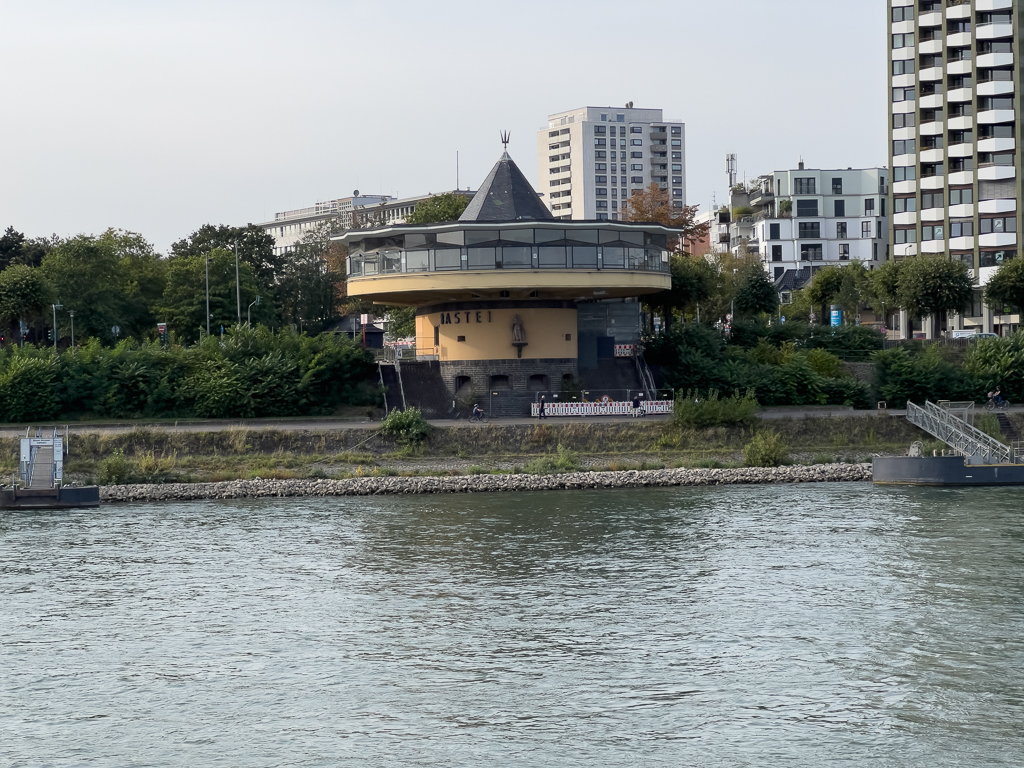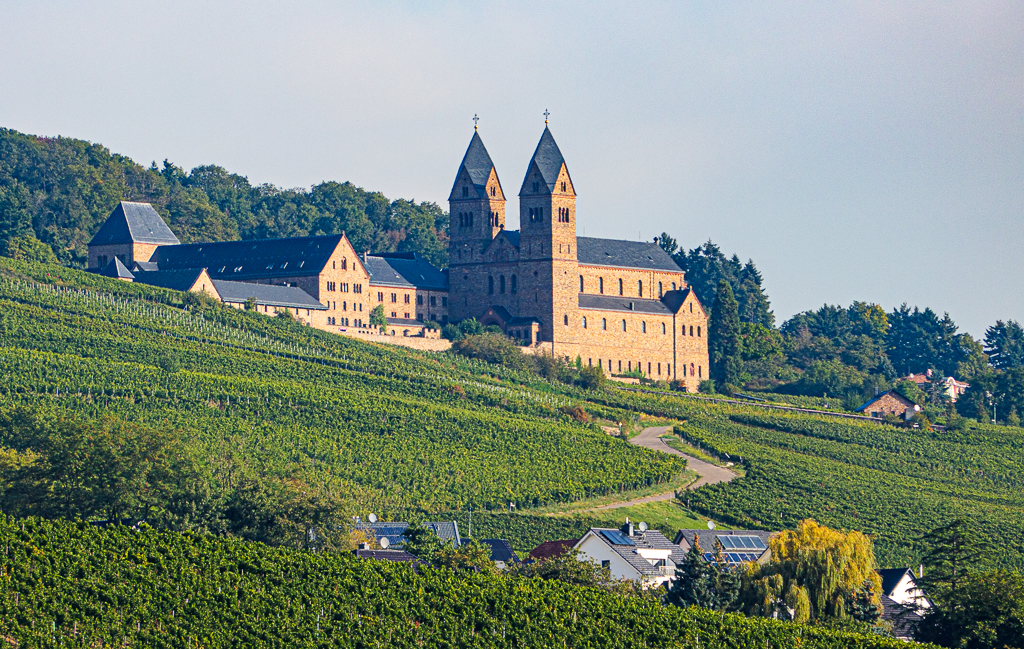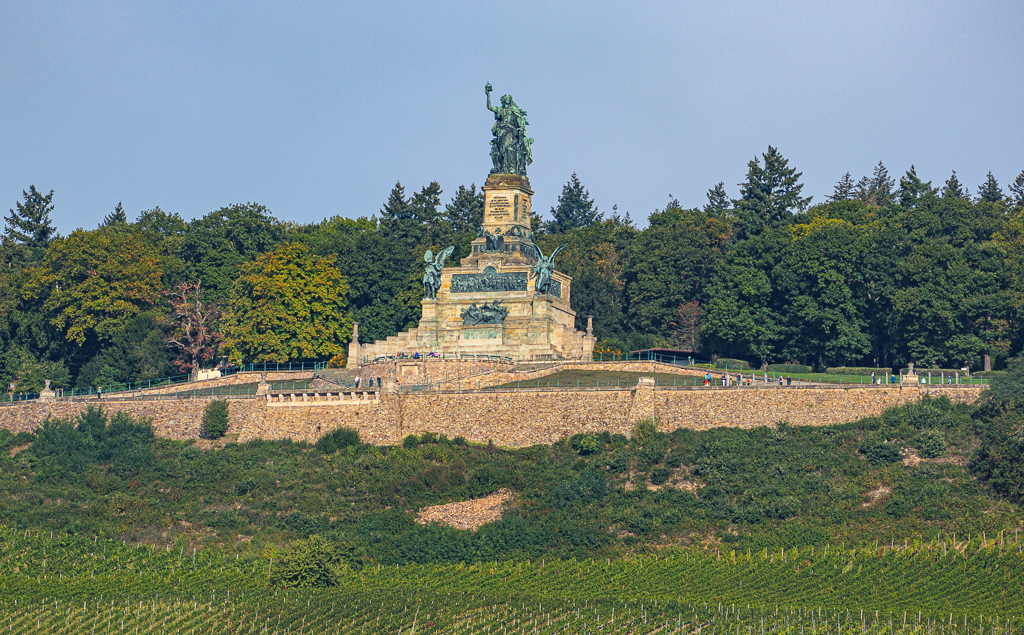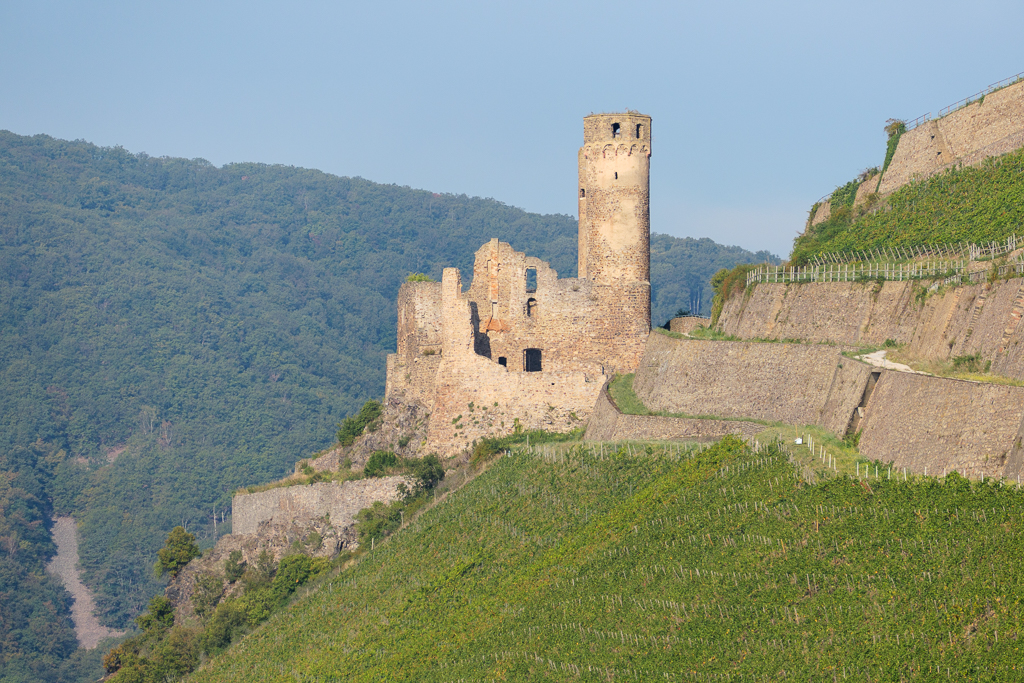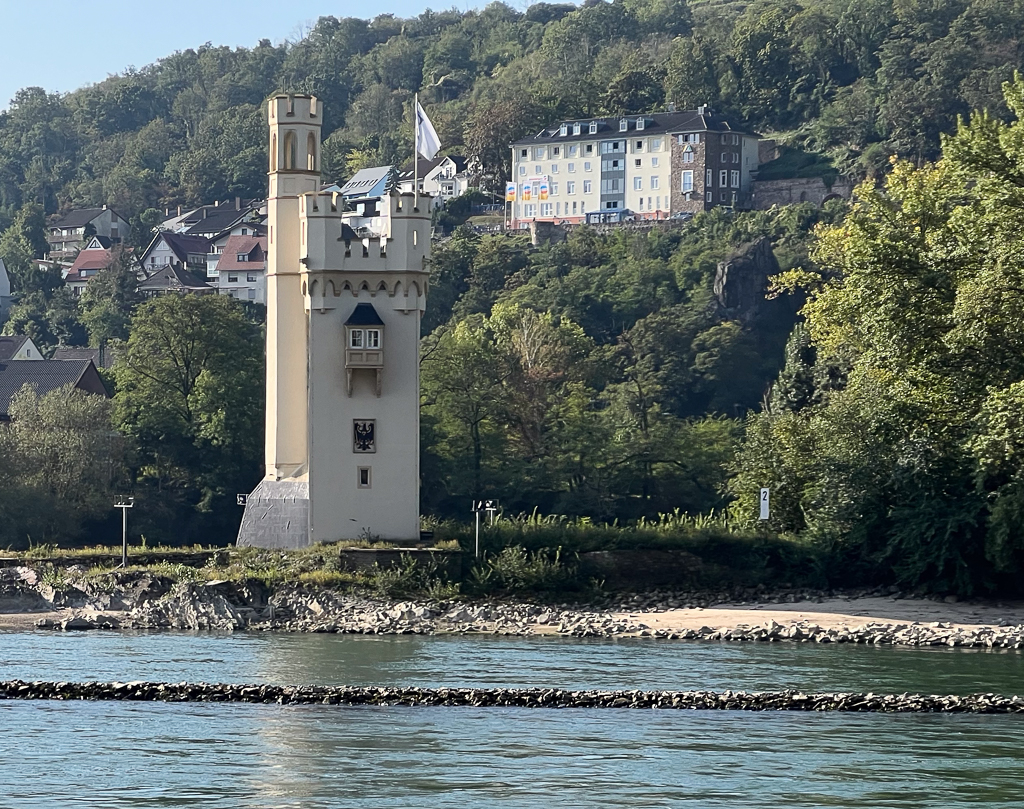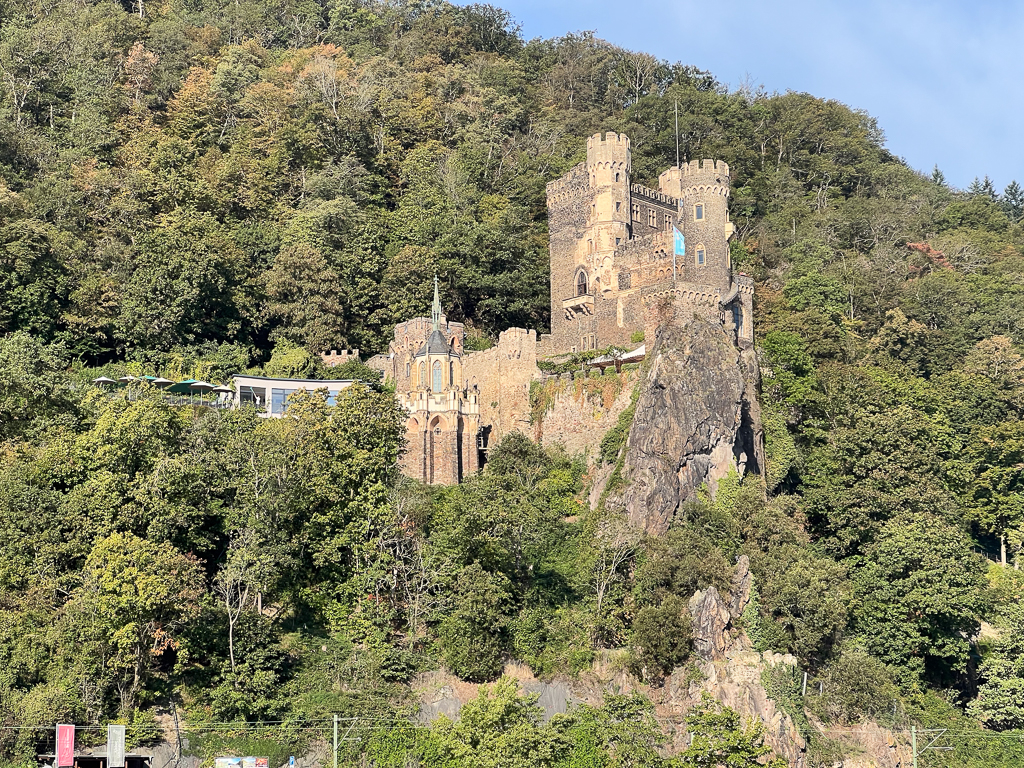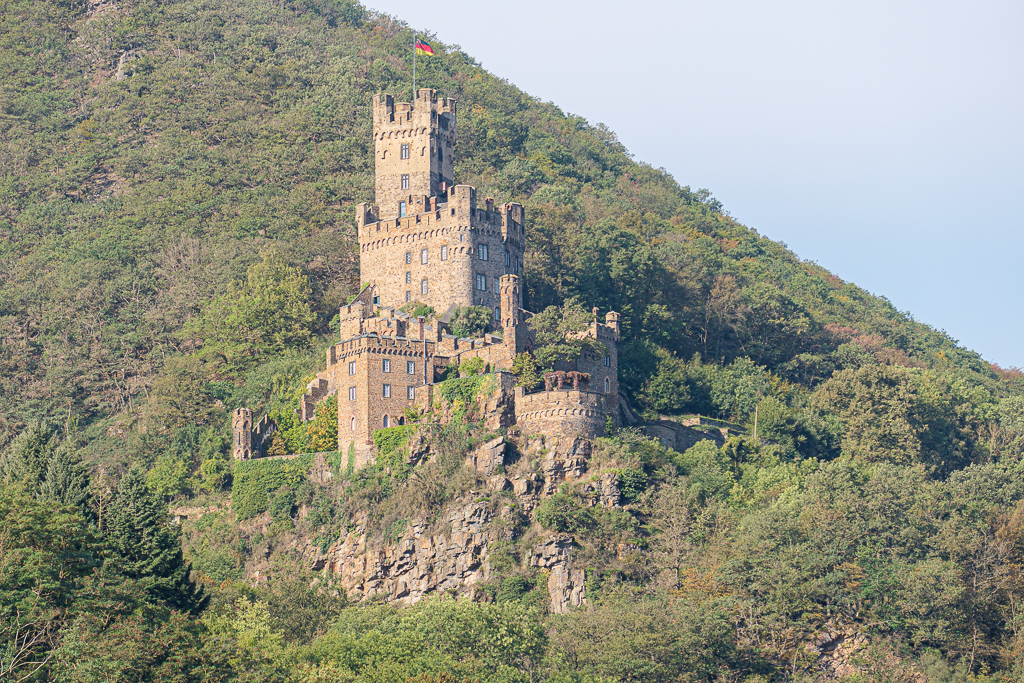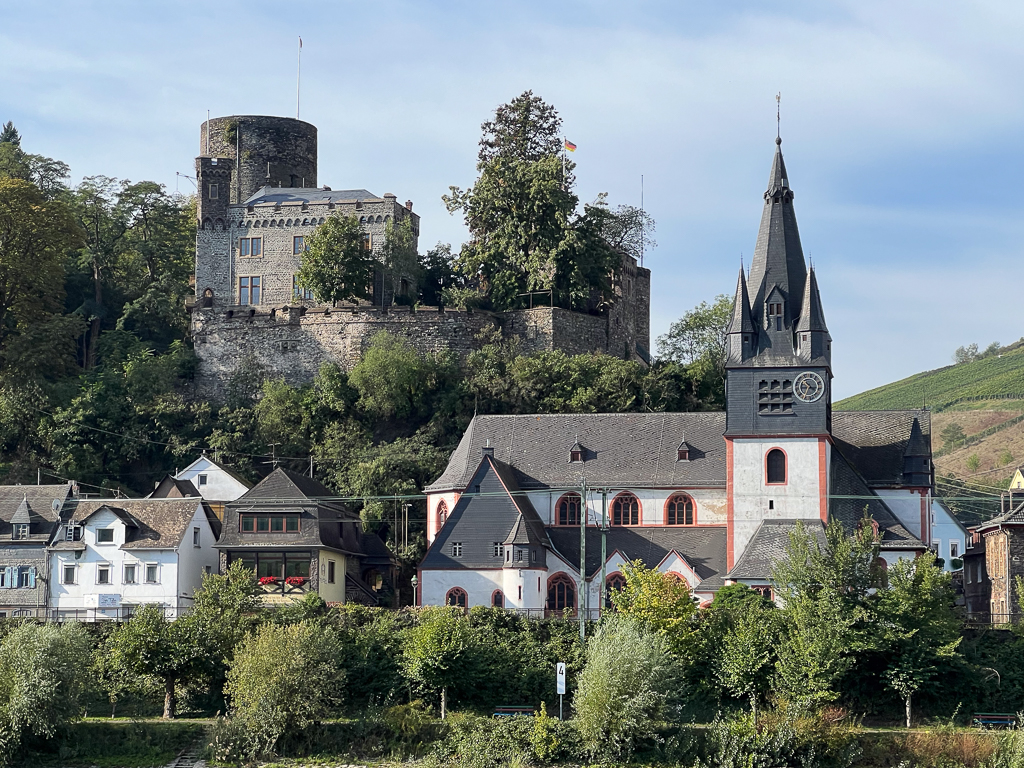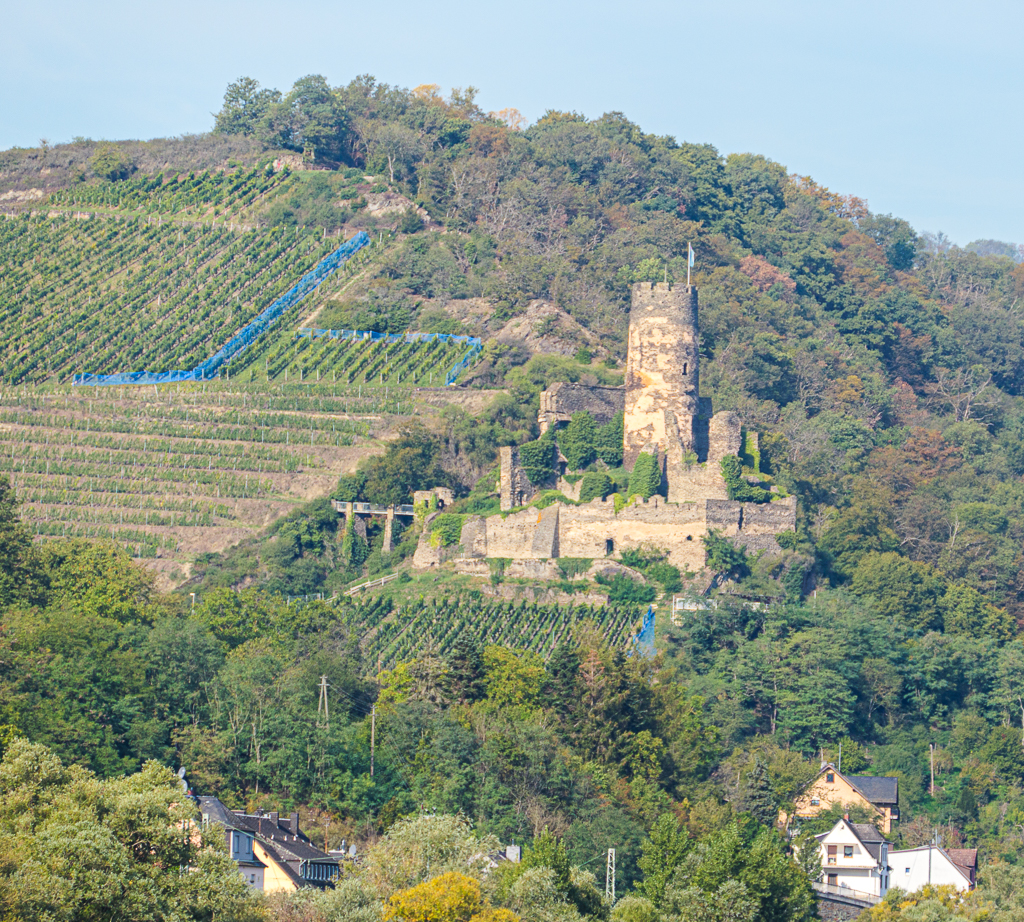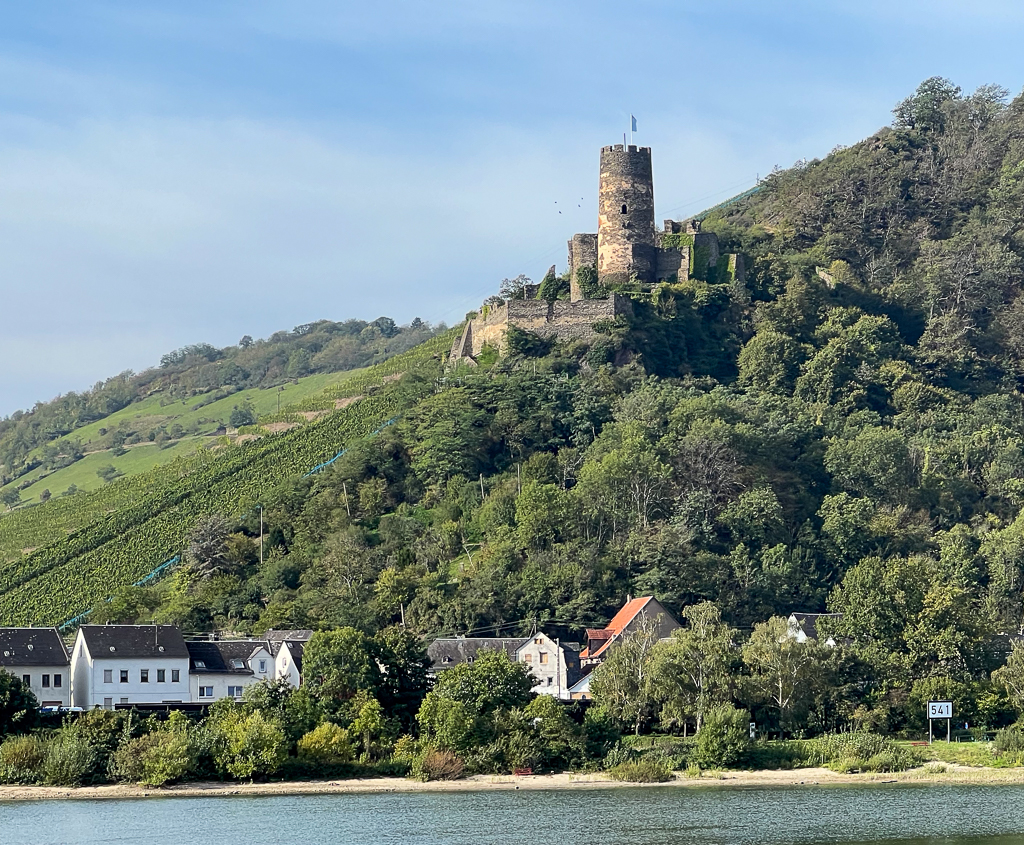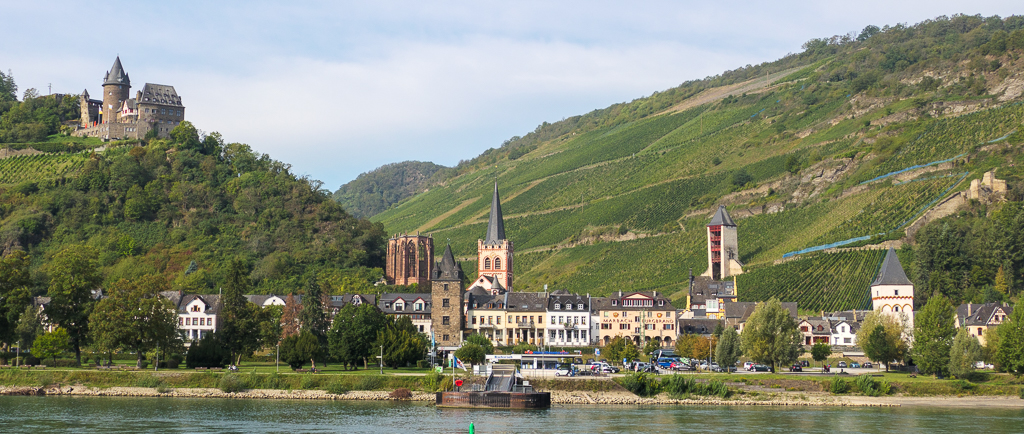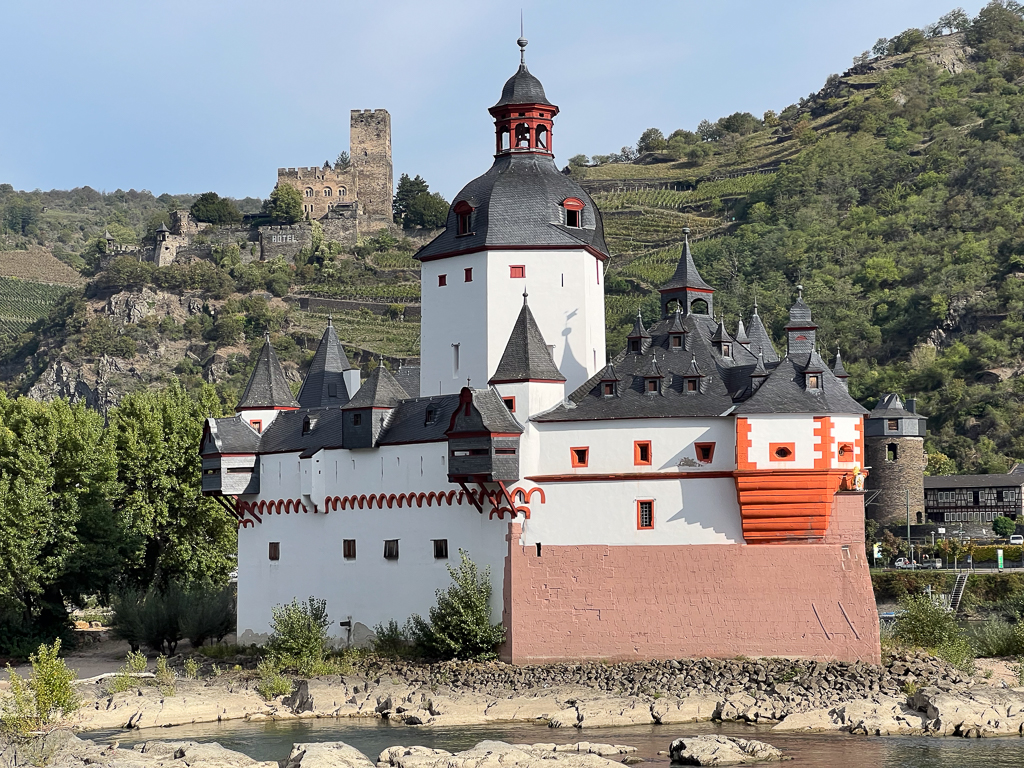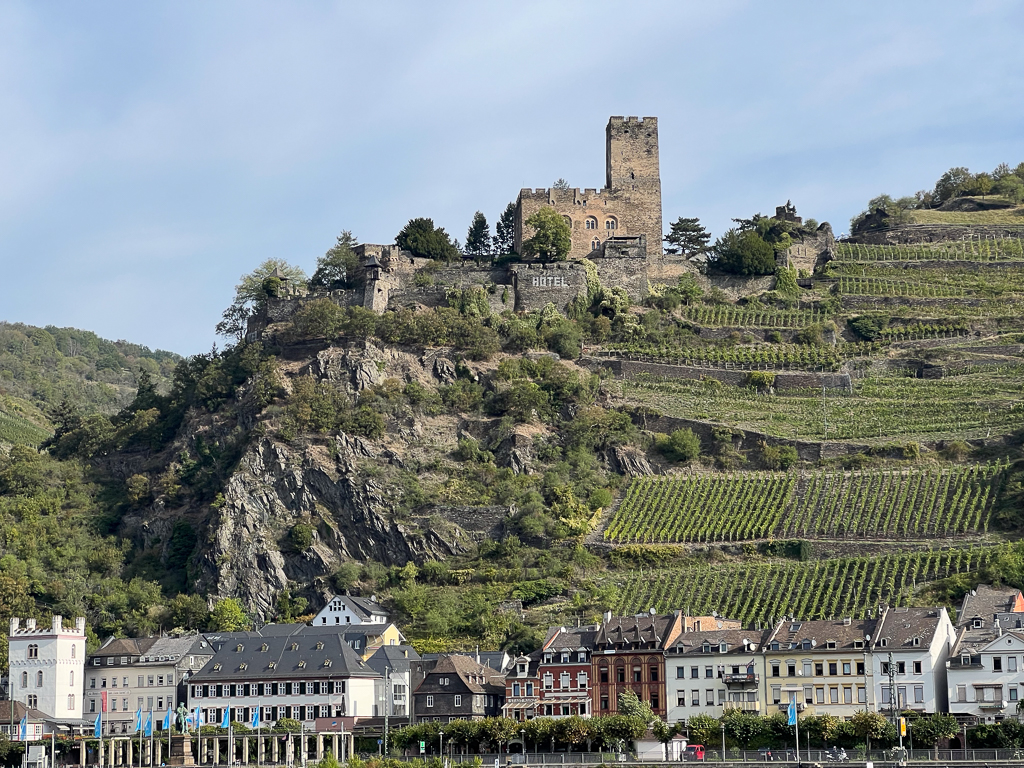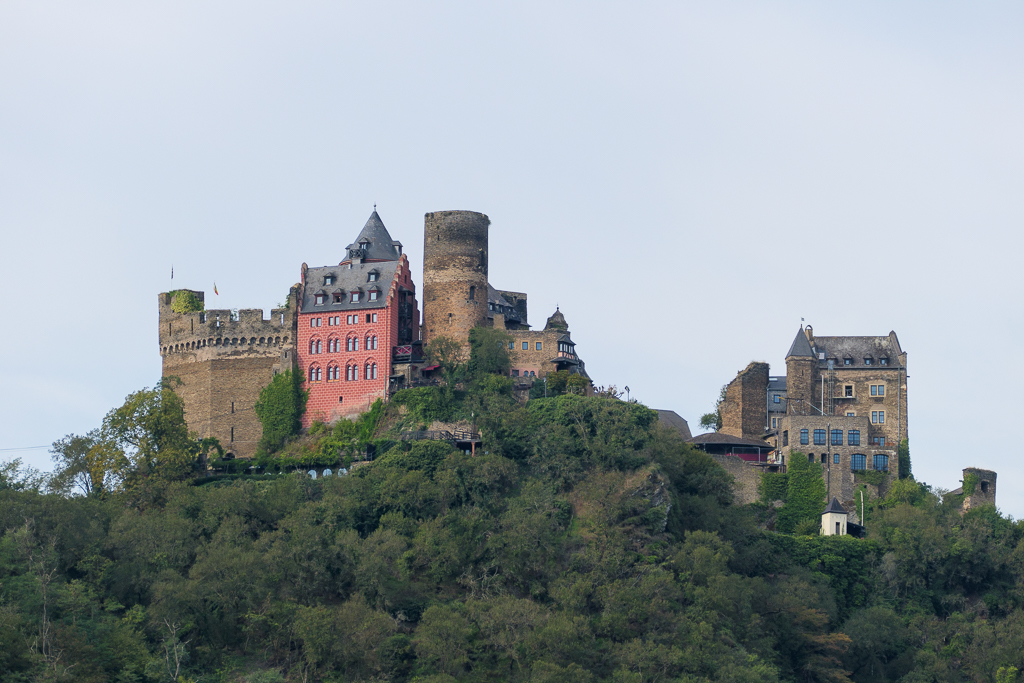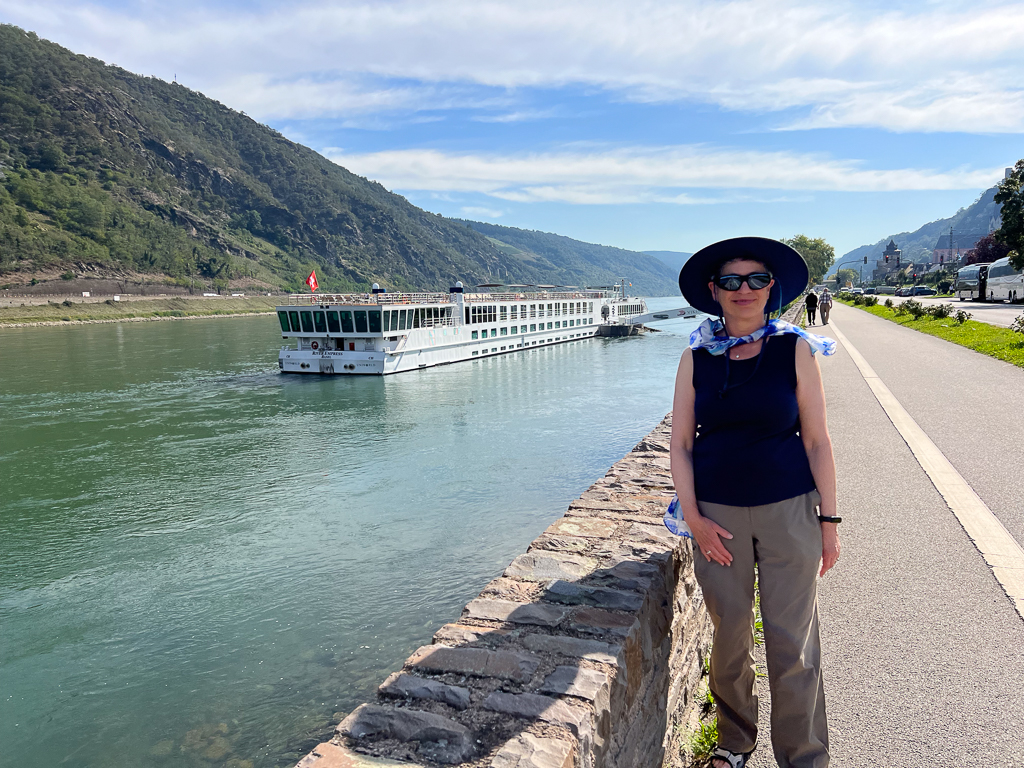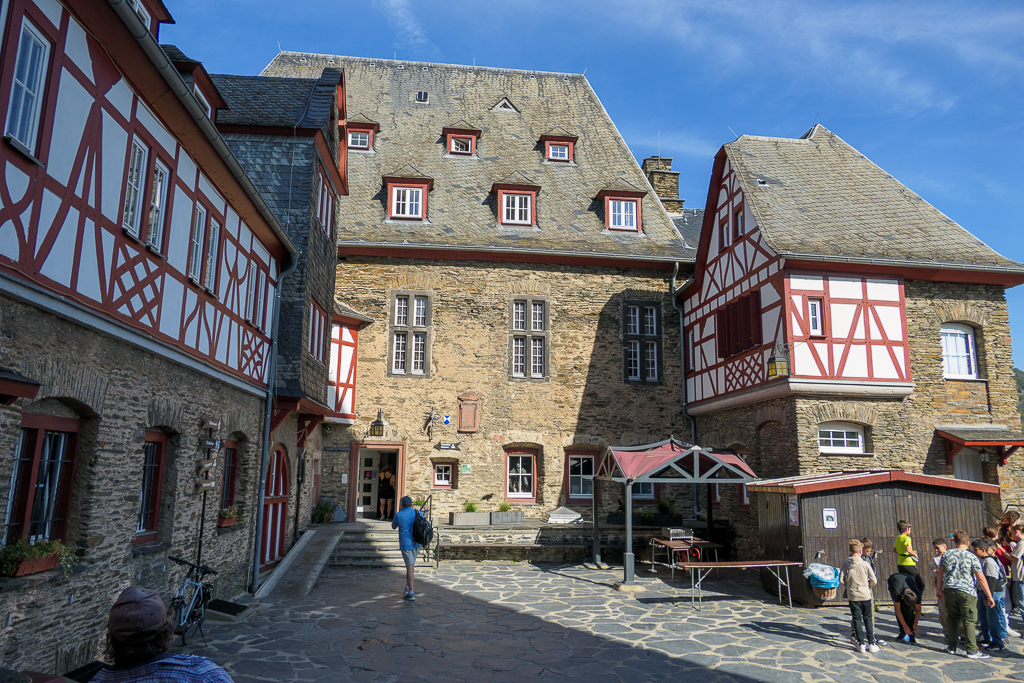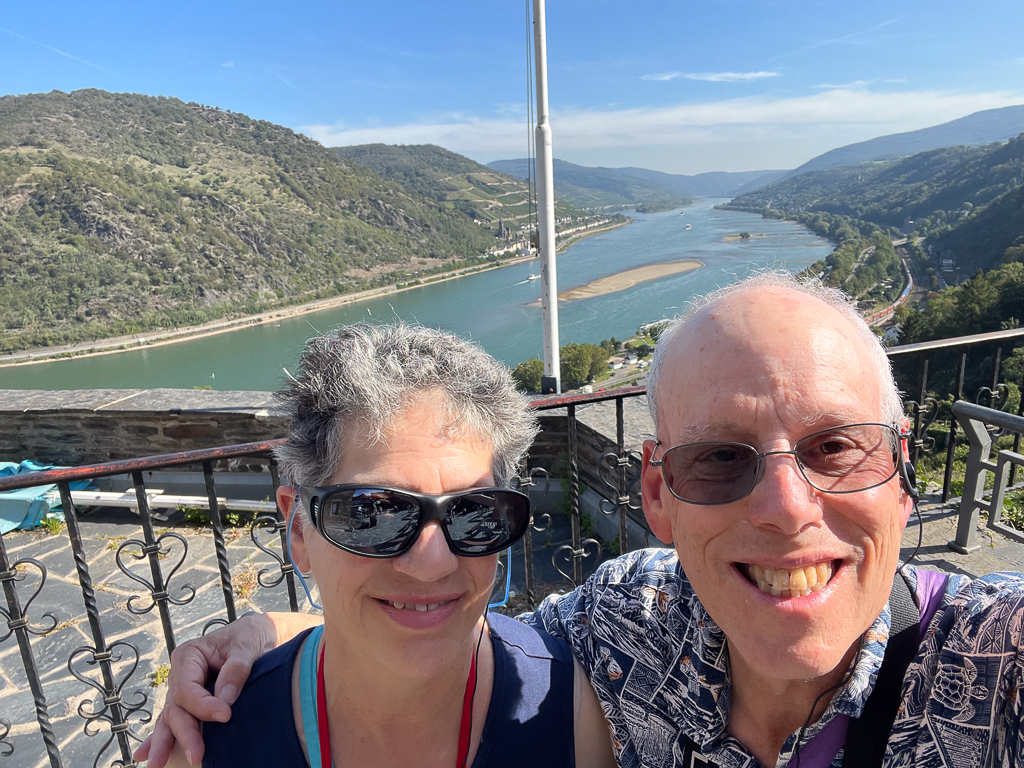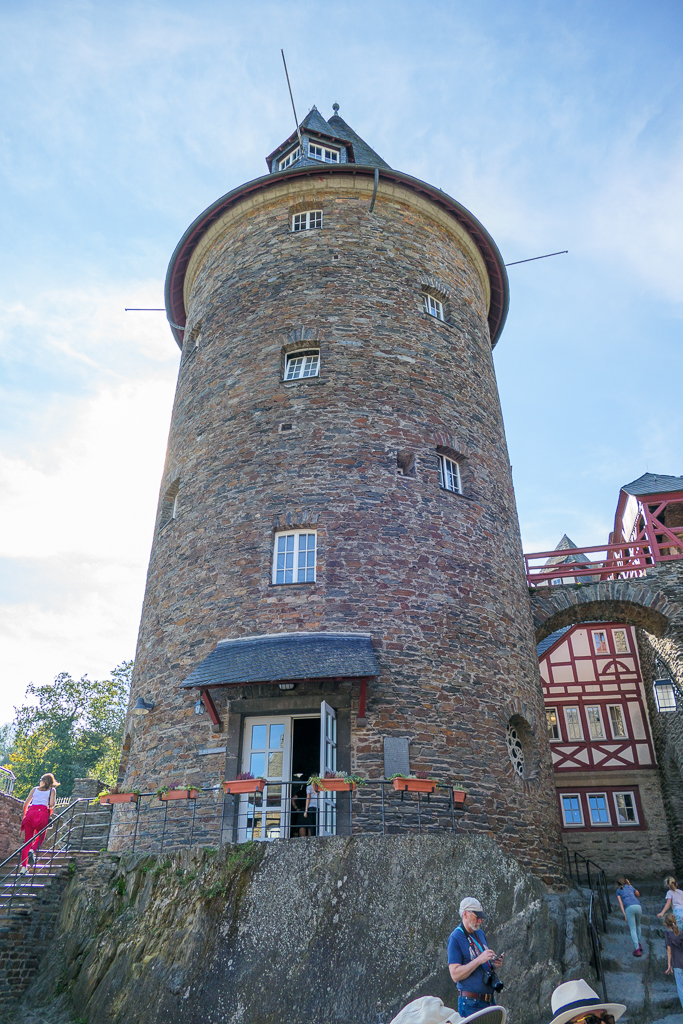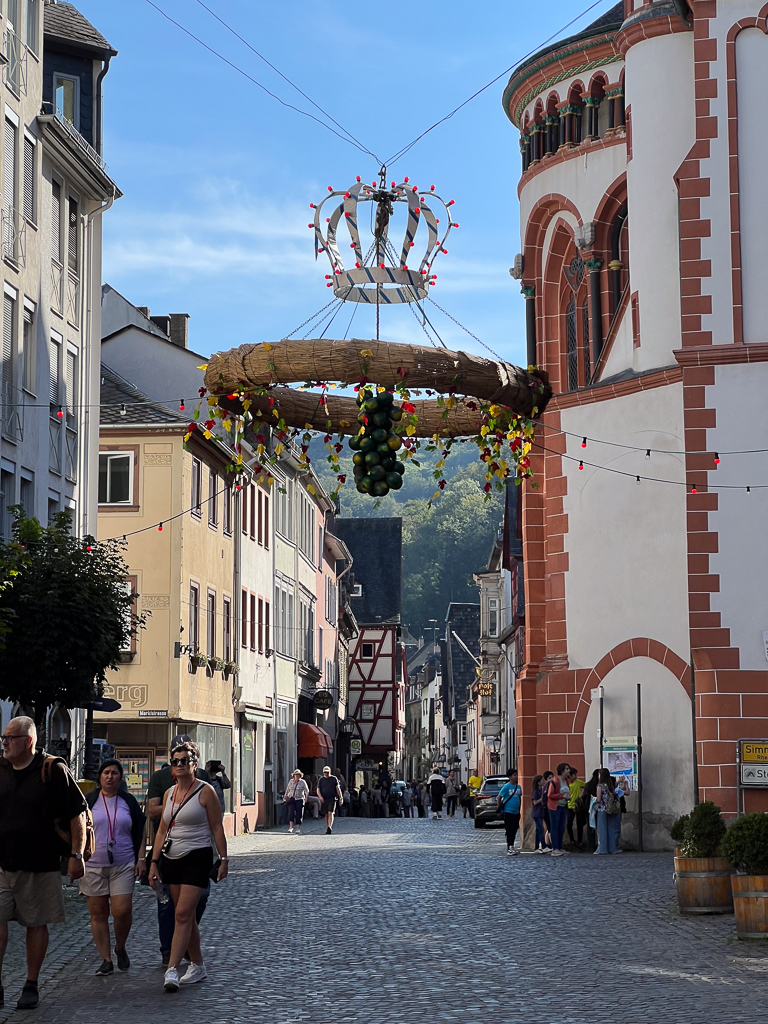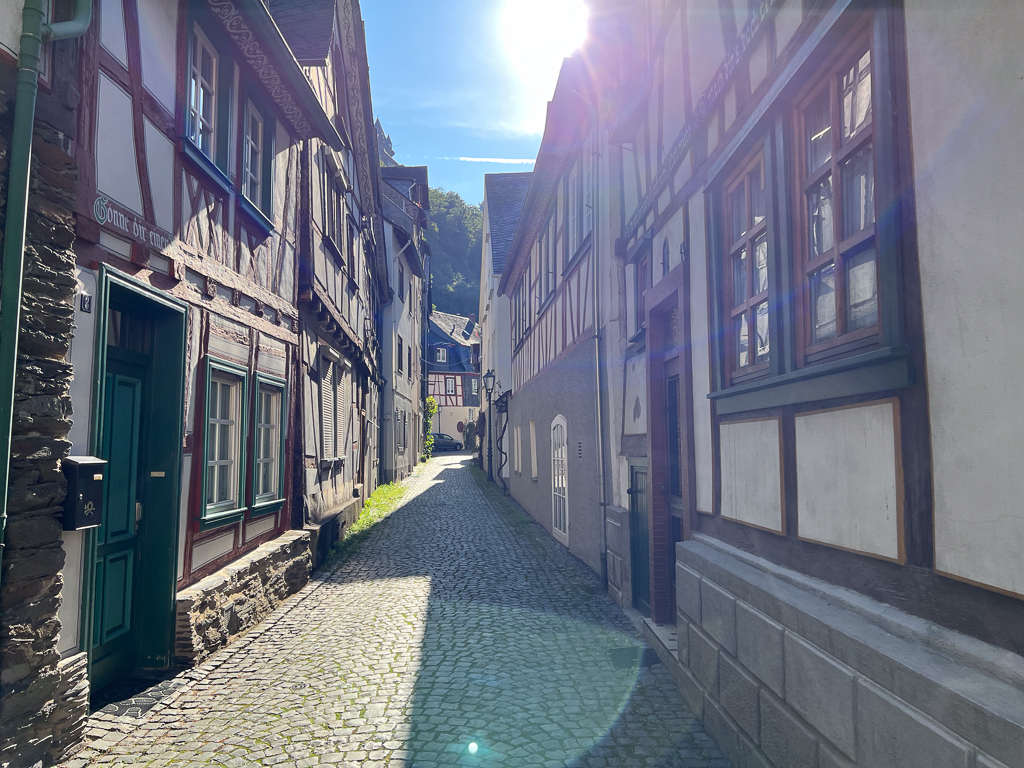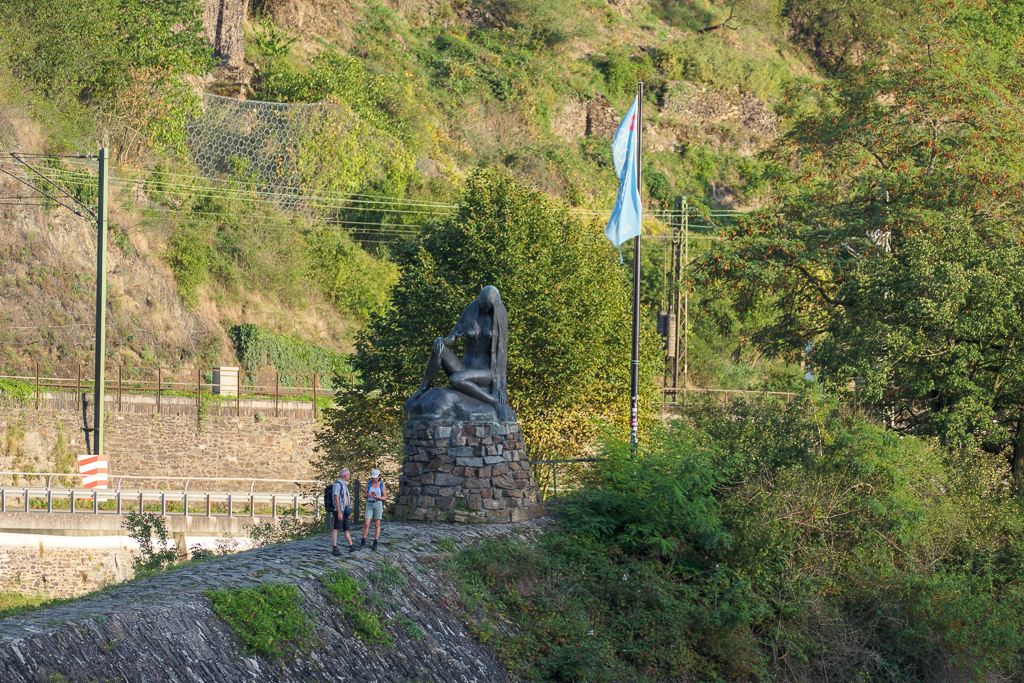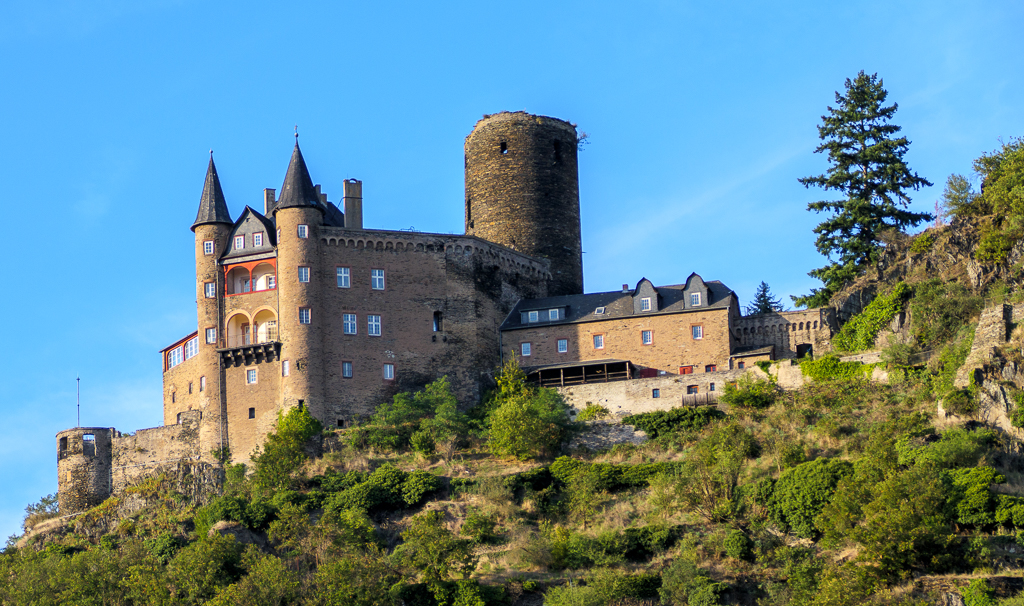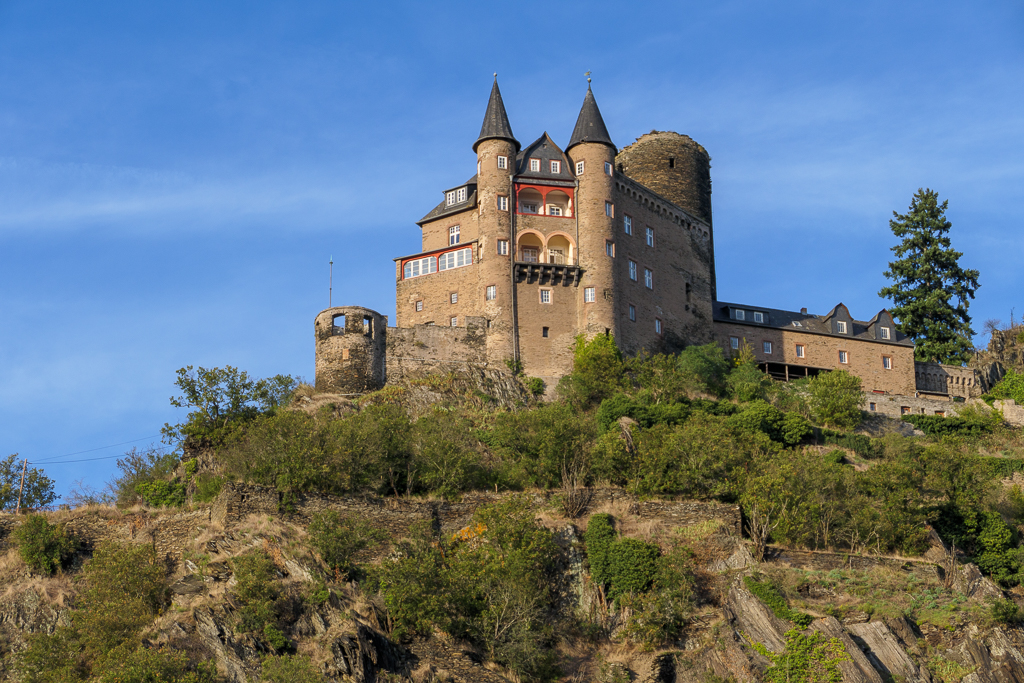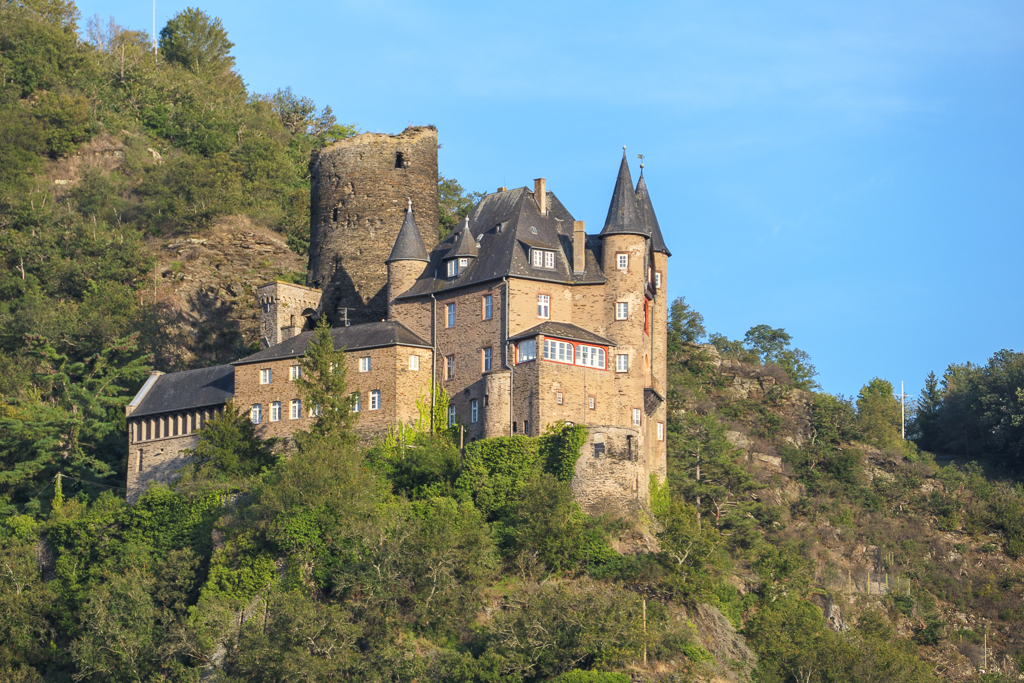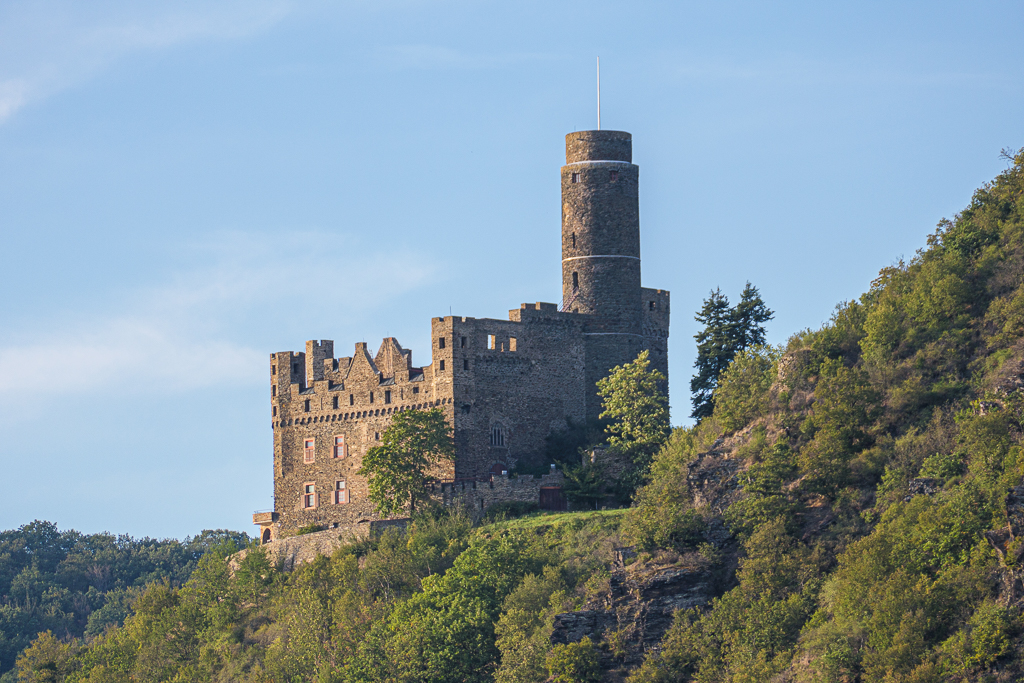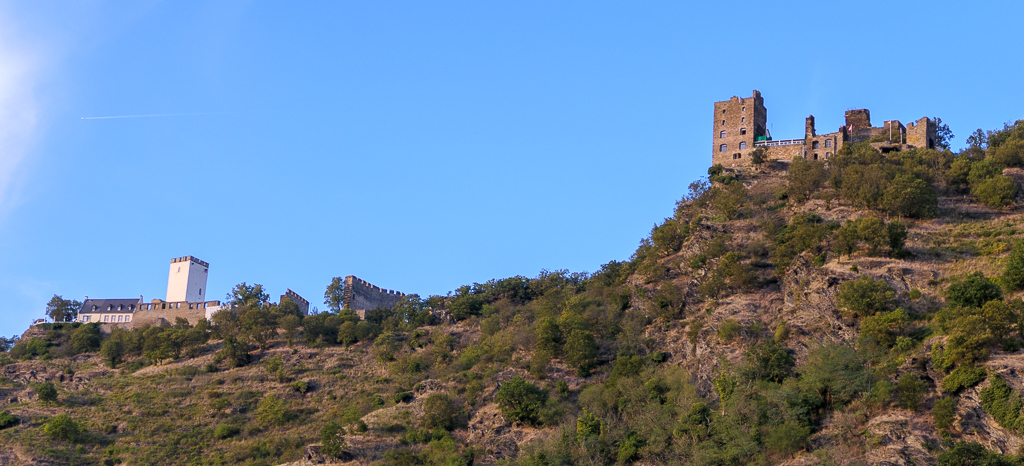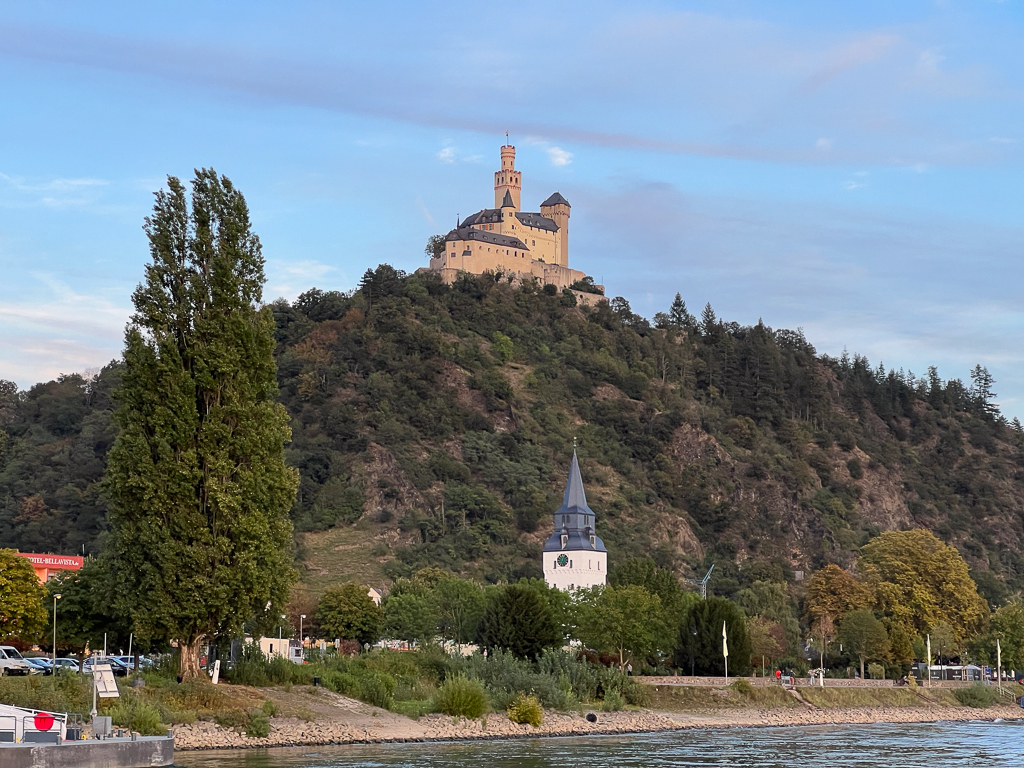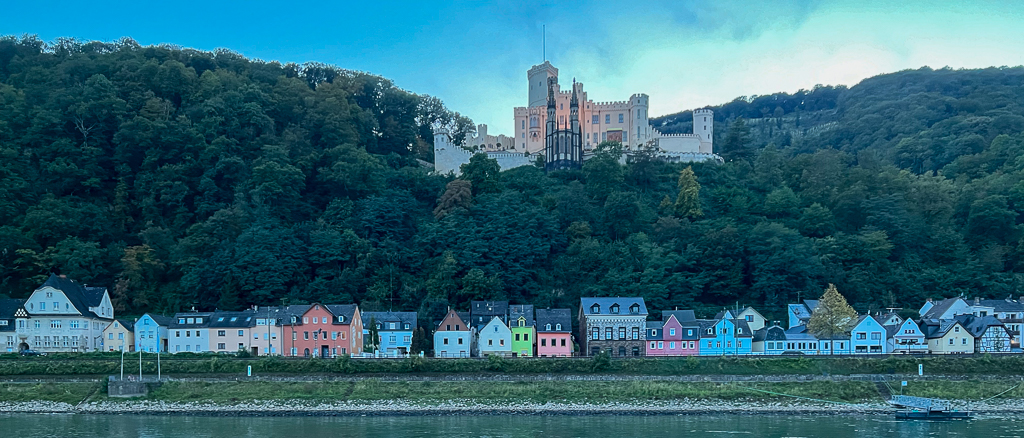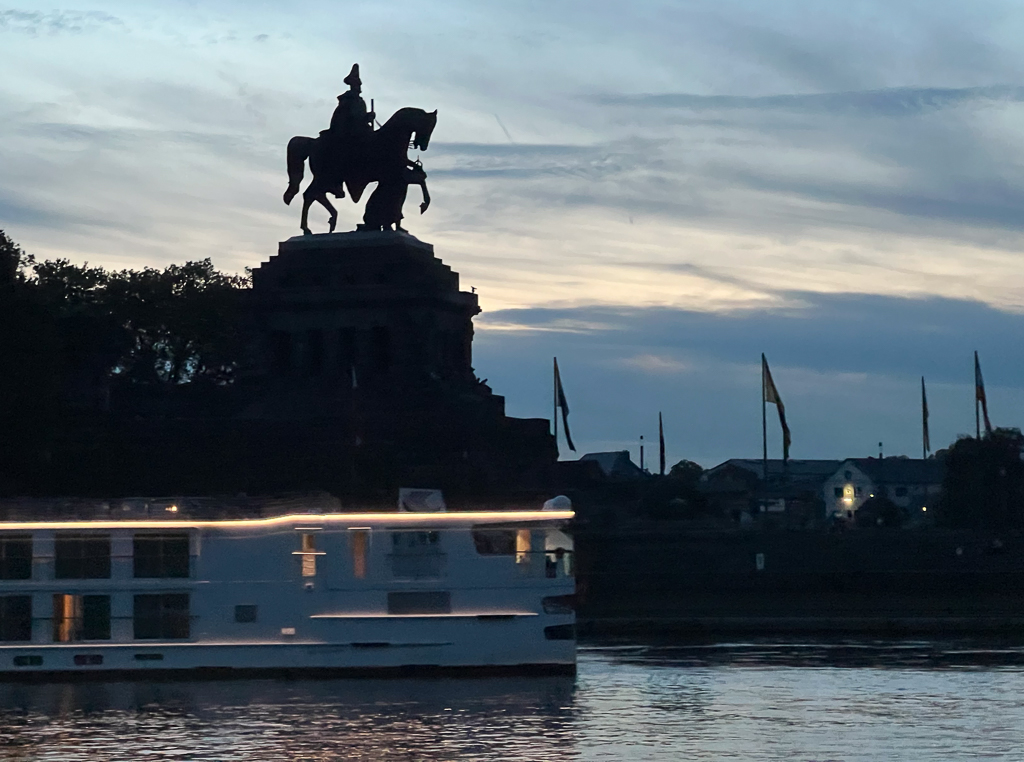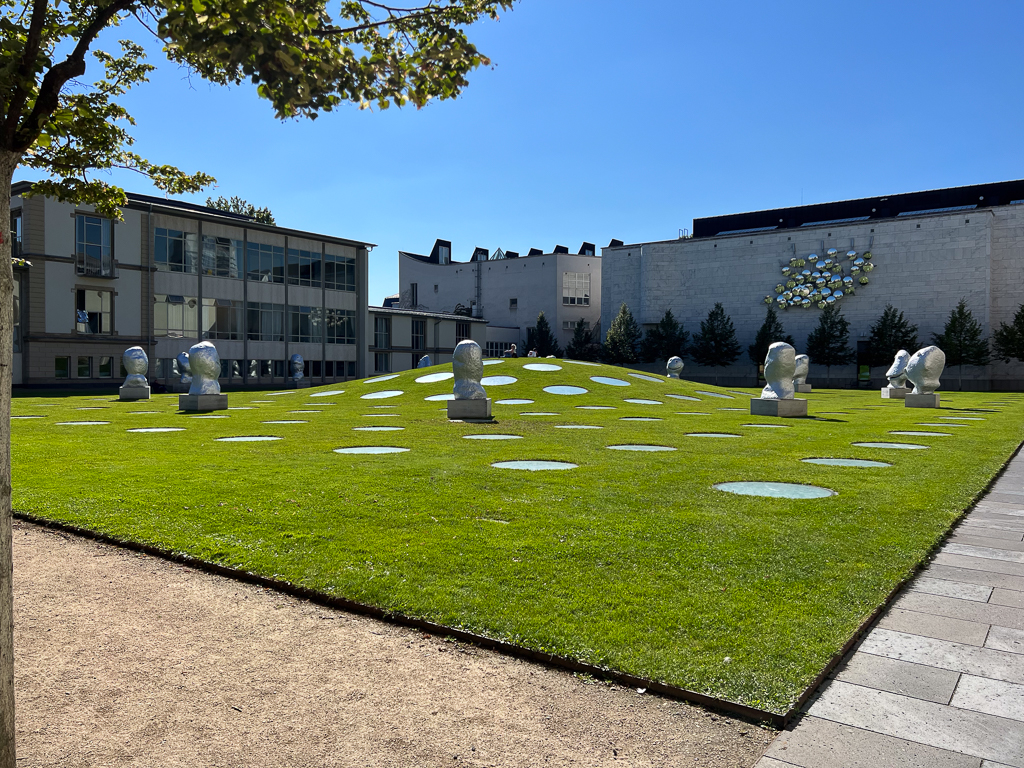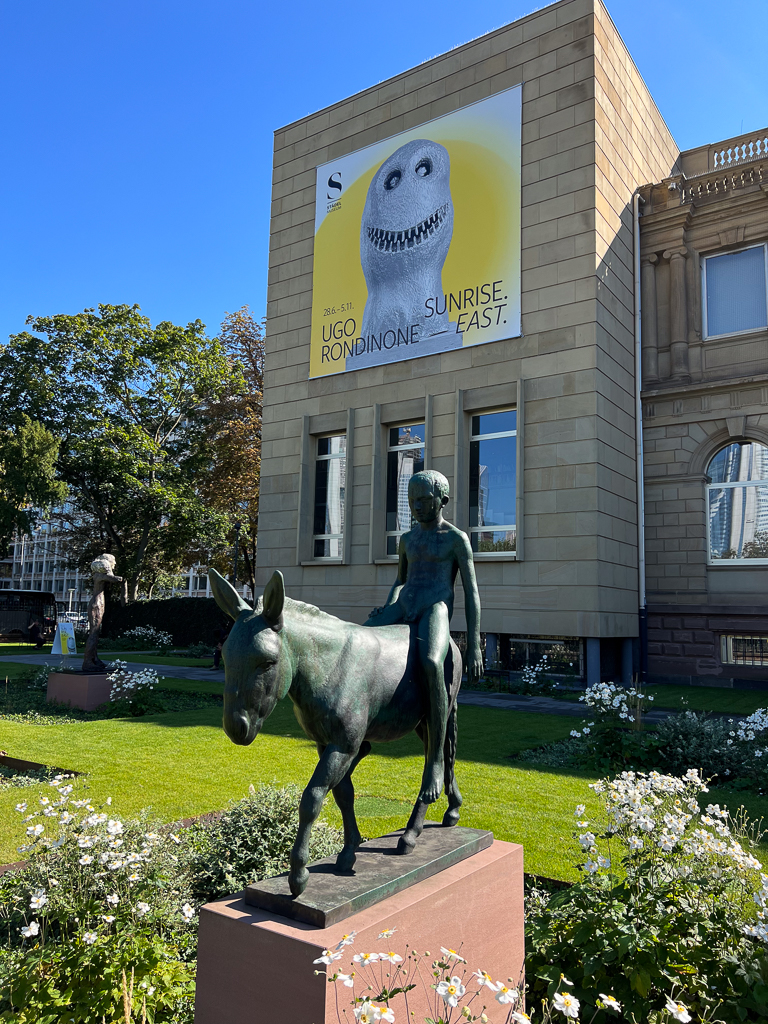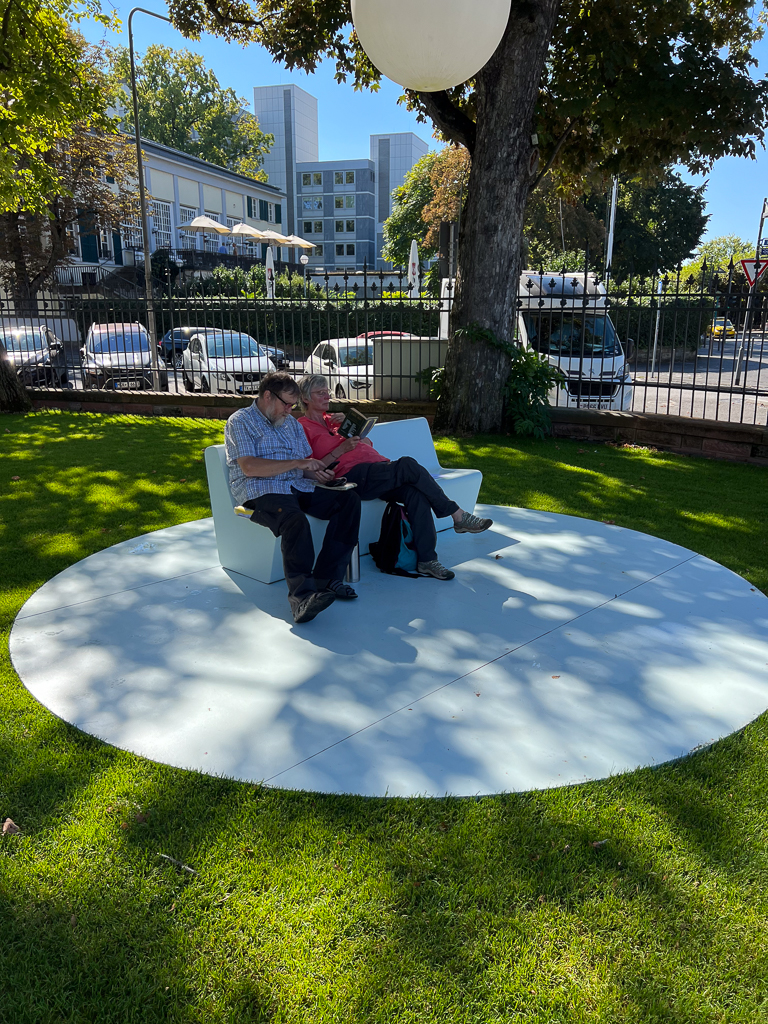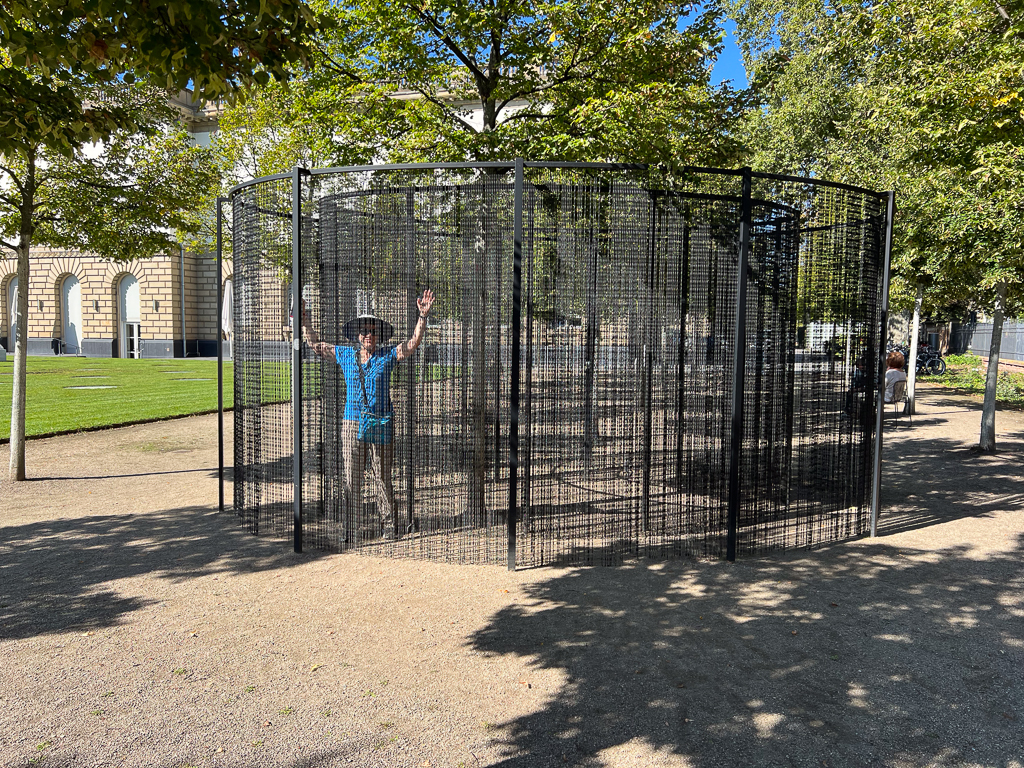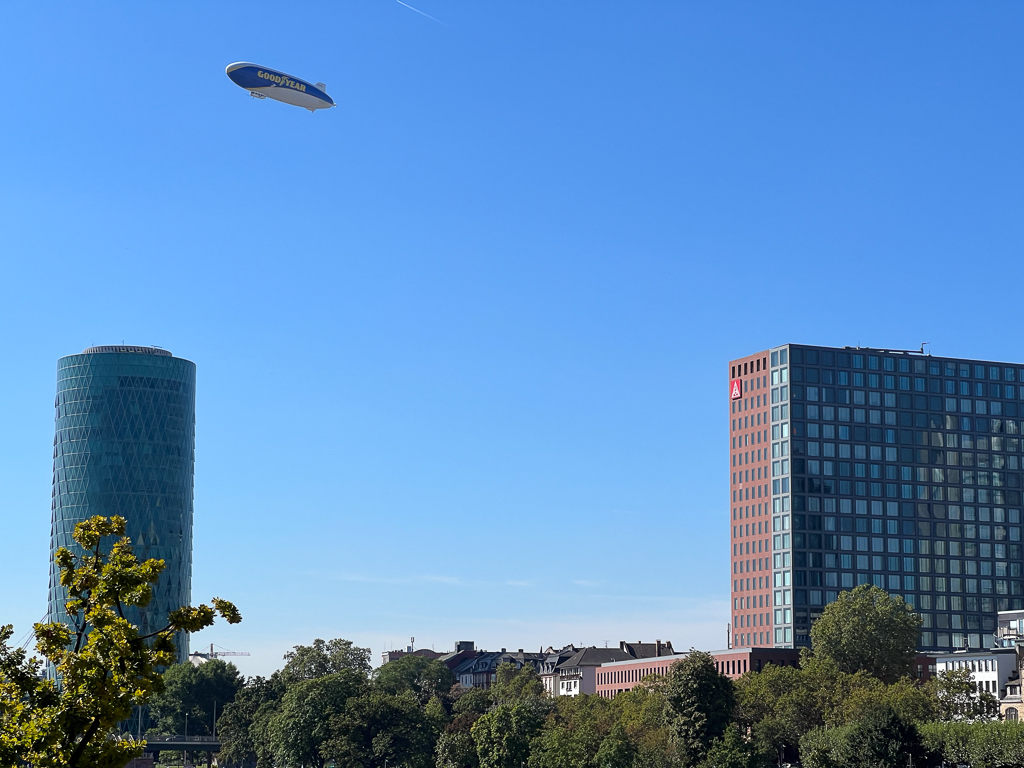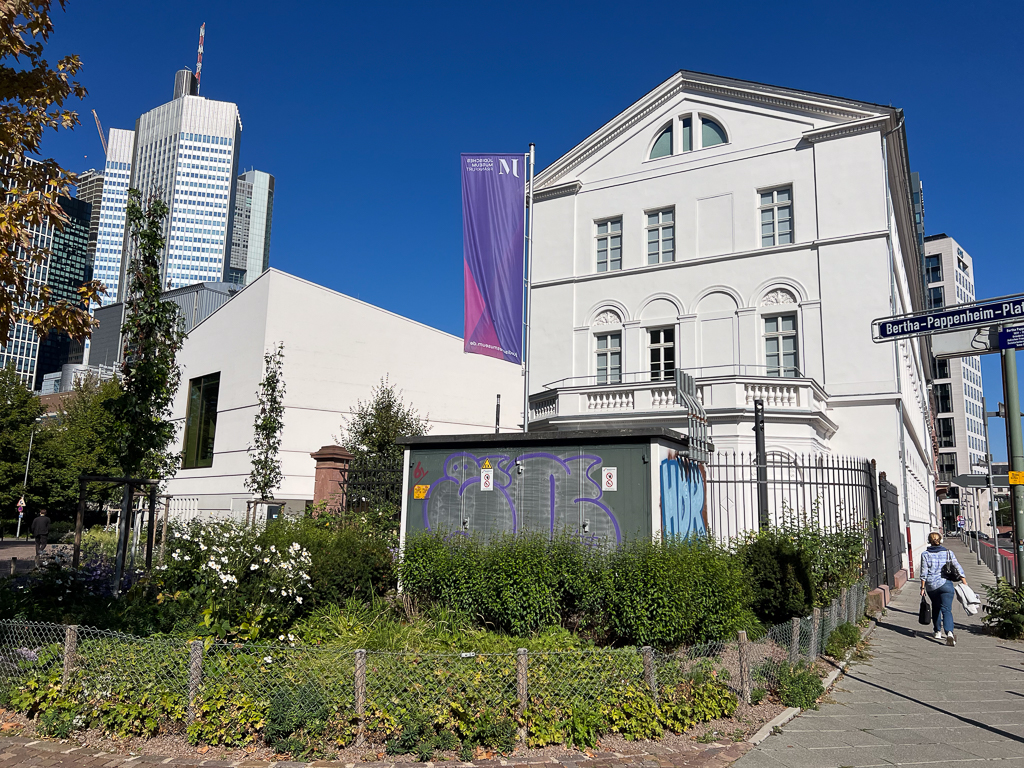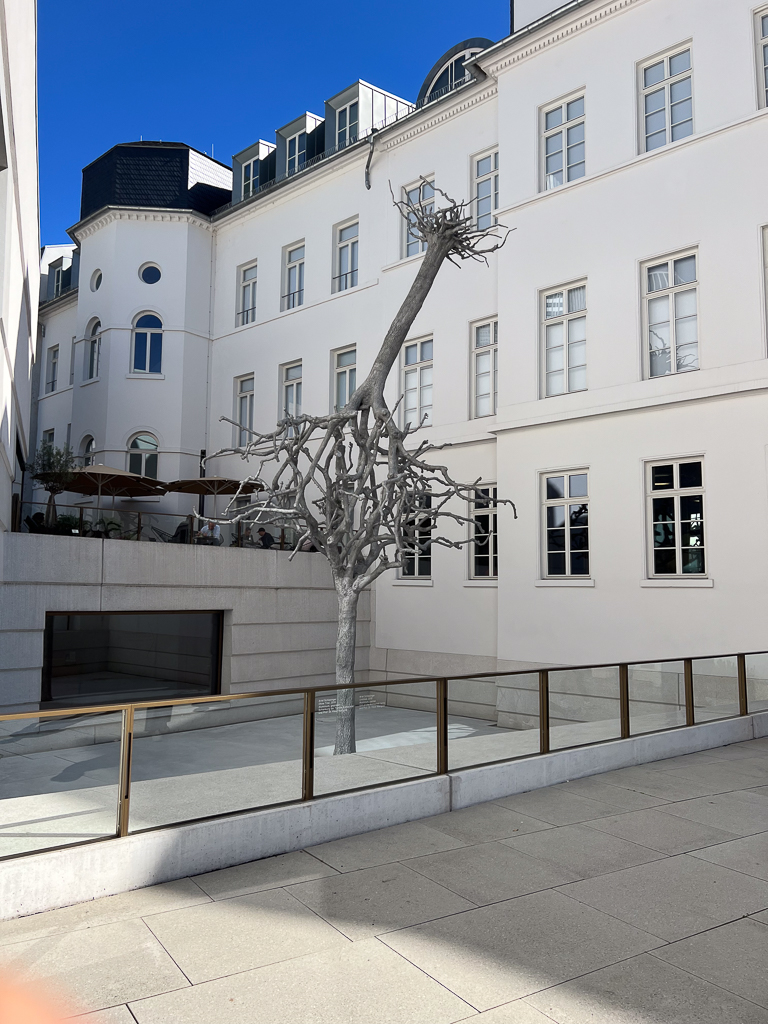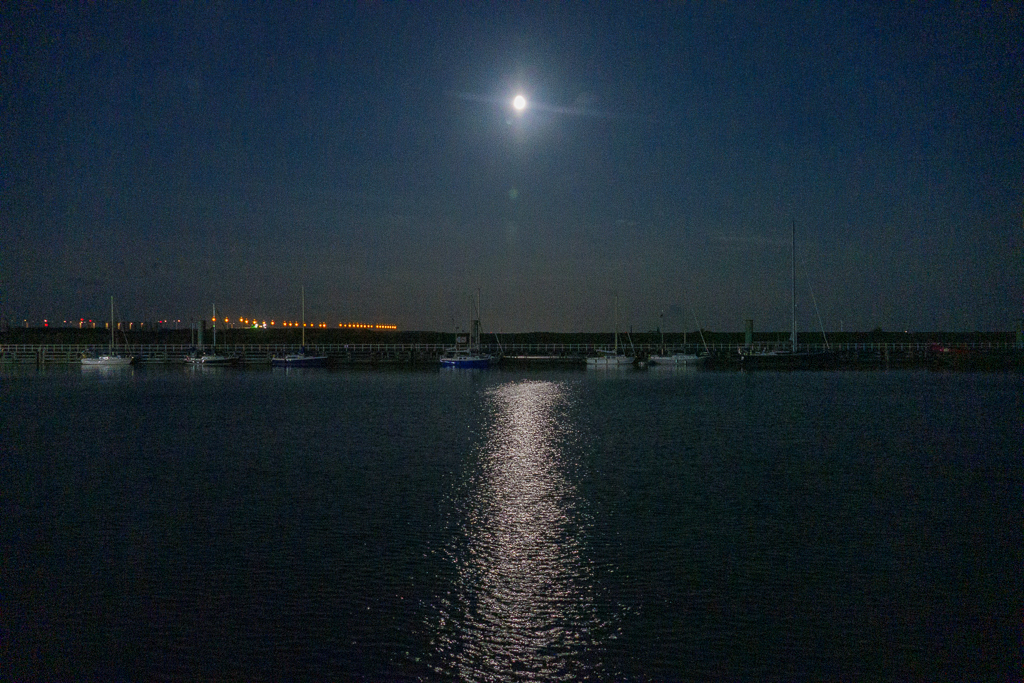
We woke this morning to a full moon on the IJsselmeer. I thought we’d reached Harlingen, our destination for the day, but I was wrong – we were waiting for the water to rise in the lock separating the IJsselmeer from the North Sea.
A couple of hours later, we were indeed in Harlingen, home of the Brown Fleet. Several ships of the Brown Fleet were leaving the harbor for a day of sailing; unfortunately, they were under power and their sails were still rolled up.
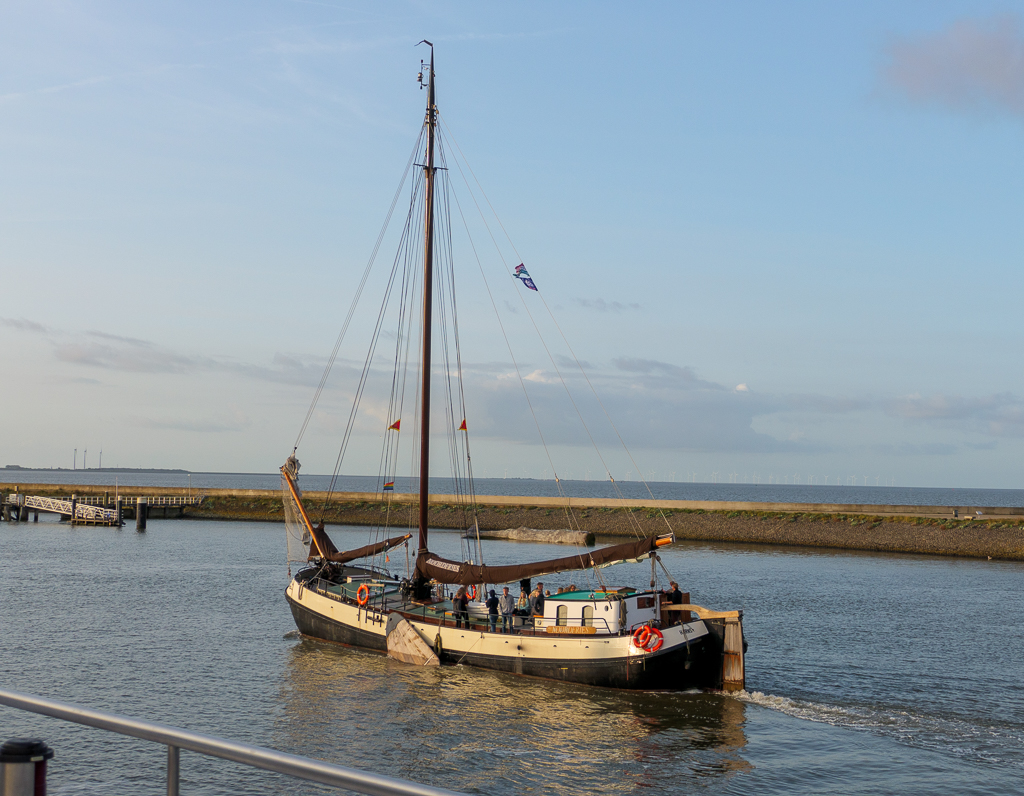
We boarded the bus for our morning excursion; the first stop was the Eise Eisinga Planetarium in the town of Franeker, about half-an-hour from Harlingen. It had just been named a UNESCO World Heritage site two weeks ago, and they were very proud of its new status.
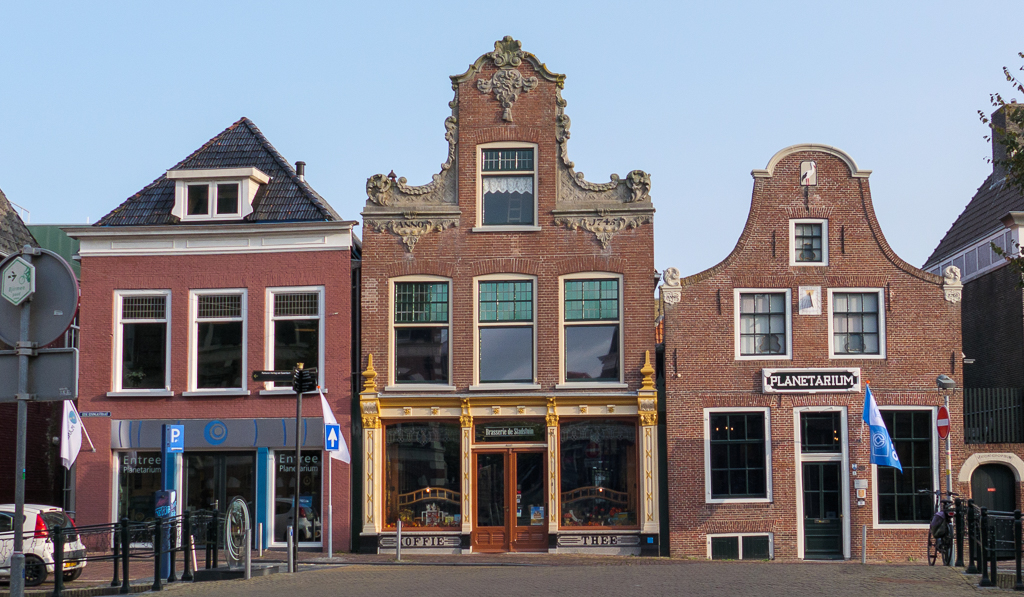
Eise Eisinga was a wool comber who taught himself math and decided to build a model of the solar system in his house – and it’s been up and running for more than 250 years, the oldest working planetarium on Earth. The planetarium has displays (mechanical displays, of course) for the positions of the planets in their orbits, sunrise and sunset, and much more.
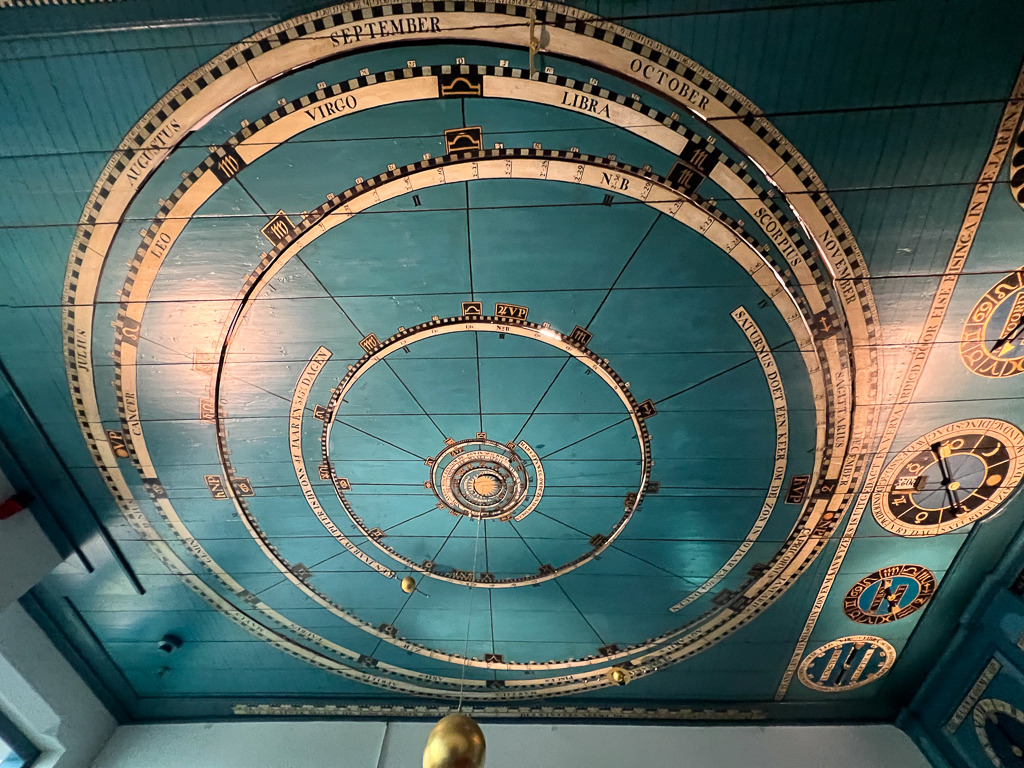
Eisinga constructed the planetarium over a seven-year period from 1774-1781; it runs by gears and cogwheels, powered by weights which have to be wound weekly.

Eisinga and his family lived in the house; as was typical at that time, they slept in very short beds with their heads raised, because people thought you’d die if you slept fully-horizontally.

There were quite a few scientific instruments and clocks and the like on display throughout the house; I could have spent hours there. We didn’t have hours, though, so we went outside to enjoy the garden (which, of course, had a sundial).
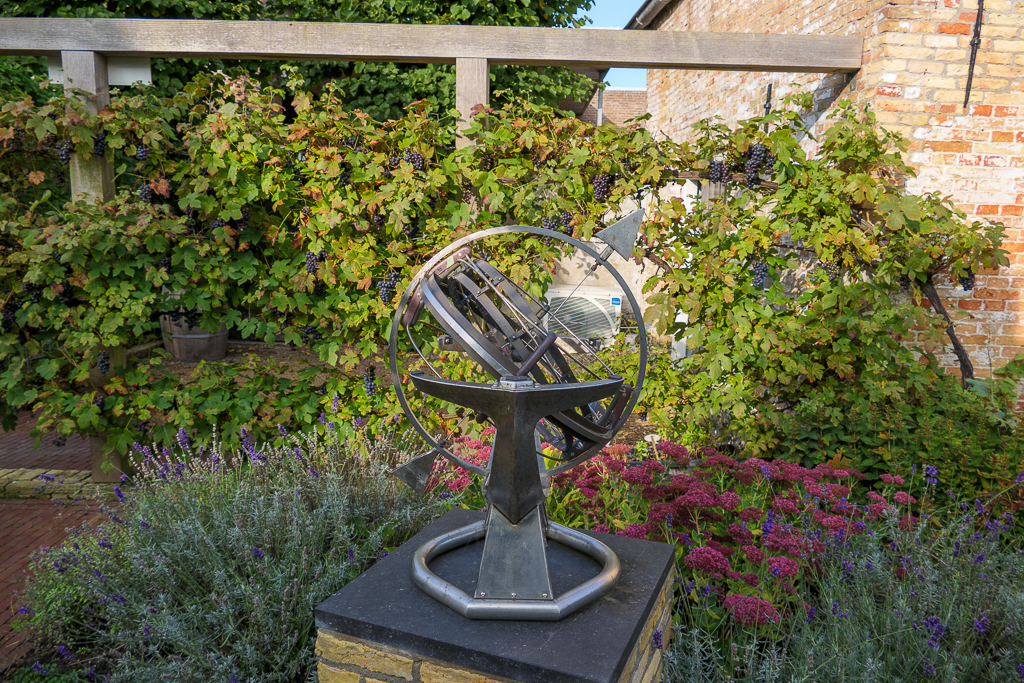

Our guide gave us a brief tour of Franeker (one of the 11 cities of Friesland), beginning just outside the planetarium at the Eise Eisinga monument.
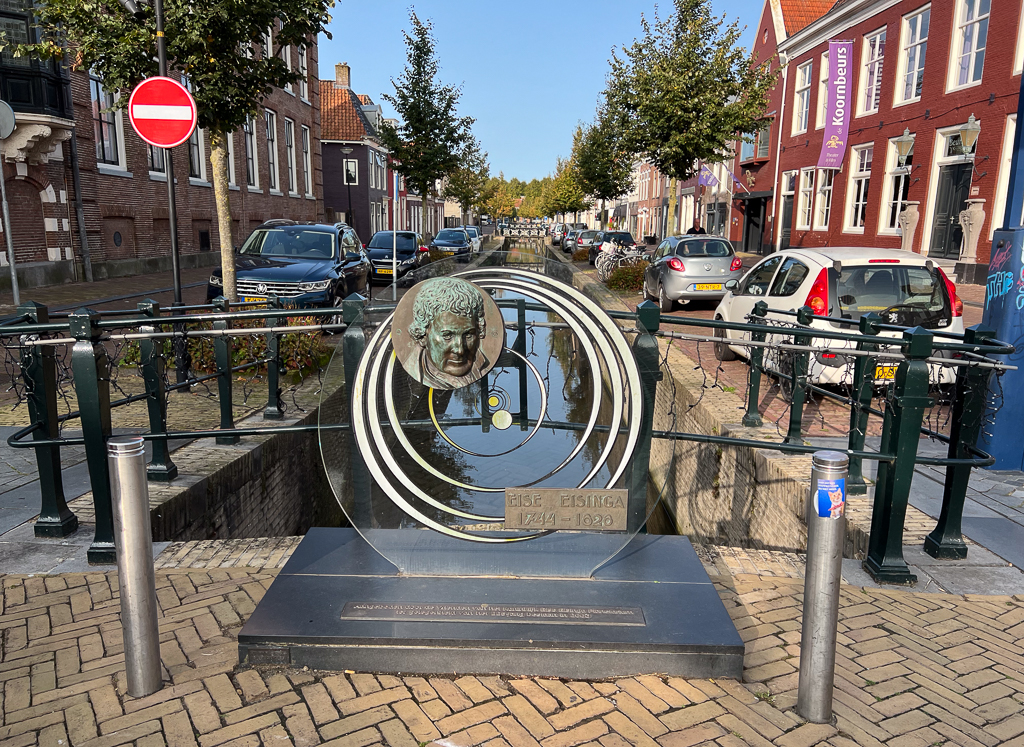
We walked along the canals which brought ships into Franeker in earlier centuries; today, they are more picturesque than useful, though they still help with flood control.

We stopped briefly outside St. Martins Church to admire the Oort Cloud Fountain, one of the 11 fountains installed across the province in 2018, when the capital, Leeuwarden, was named the “Cultural Capital of Europe”.
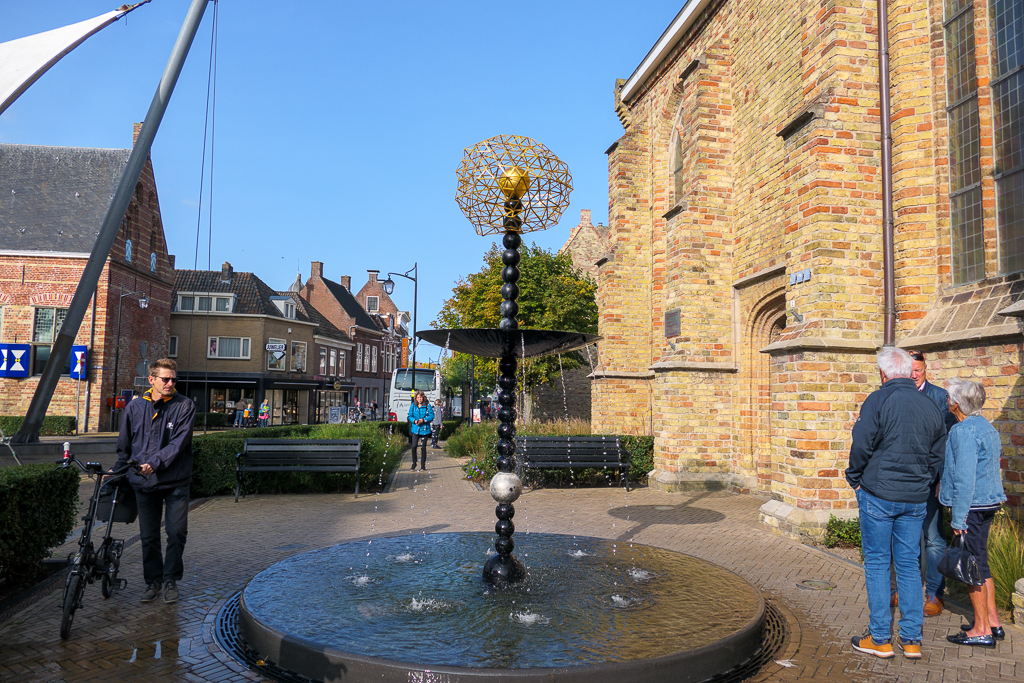
Our next stop was about 20 minutes away – the Vrouwbuurstermolen, a working windmill which still is used to grind grain into flour. We were greeted with sugar cake made from the flour they’d made there; it was quite tasty. We got to climb up to the second level of the mill and see the sails up close, but I didn’t get good photos that close!
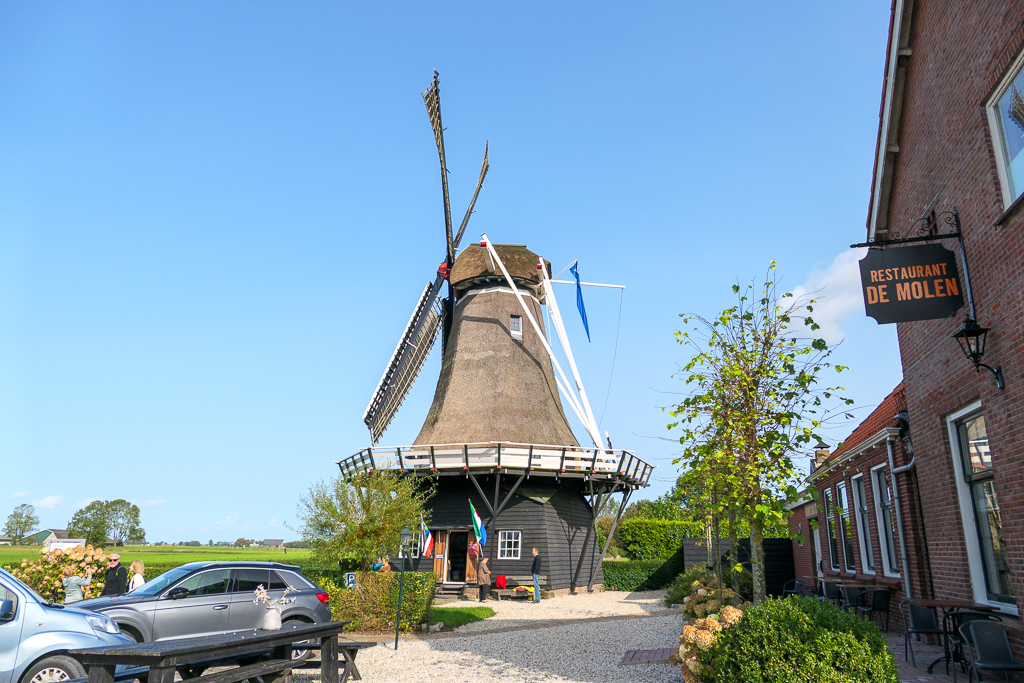
Conny, our guide, told us about the “owl board” found on barns and houses – not only does it provide a way for owls to rid the structures of mice, but it also indicates the status of the farm (whether it’s rented or owned, for example).
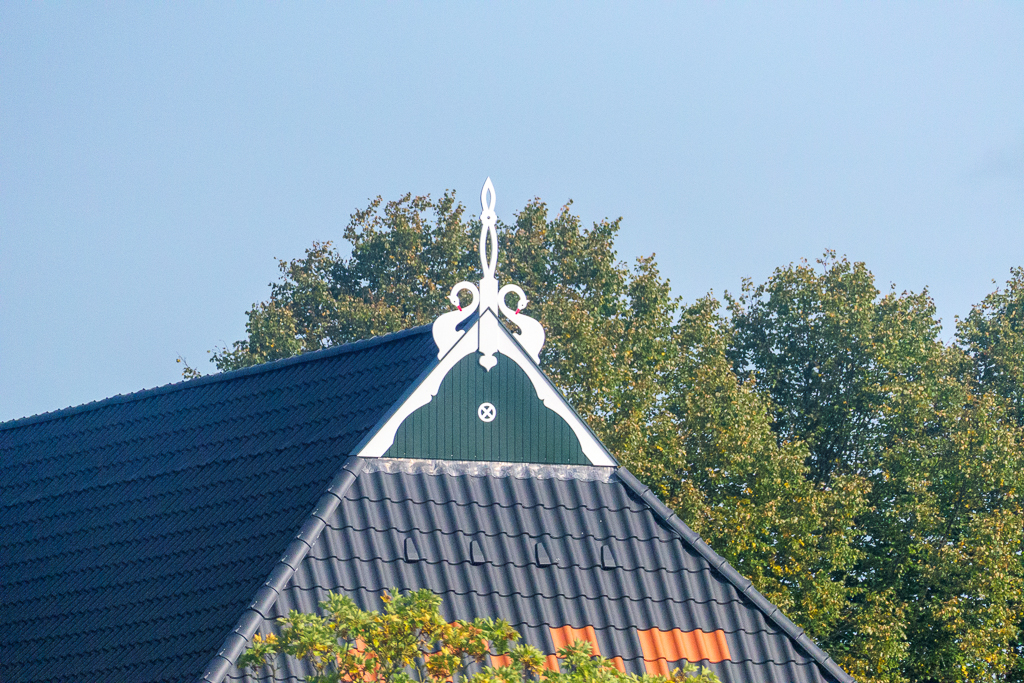
We drove along an old dike, with reclaimed land on both sides. After the dike was built, the currents in the North Sea shifted and the sea started depositing sediment outside the dike; a few decades later, they built a new dike to keep the sea from taking back the land that had been created. It is very good farmland.

Some of our shipmates went to see a Frisian Horse display and show; we had to settle for seeing a couple of Frisian horses from the bus.
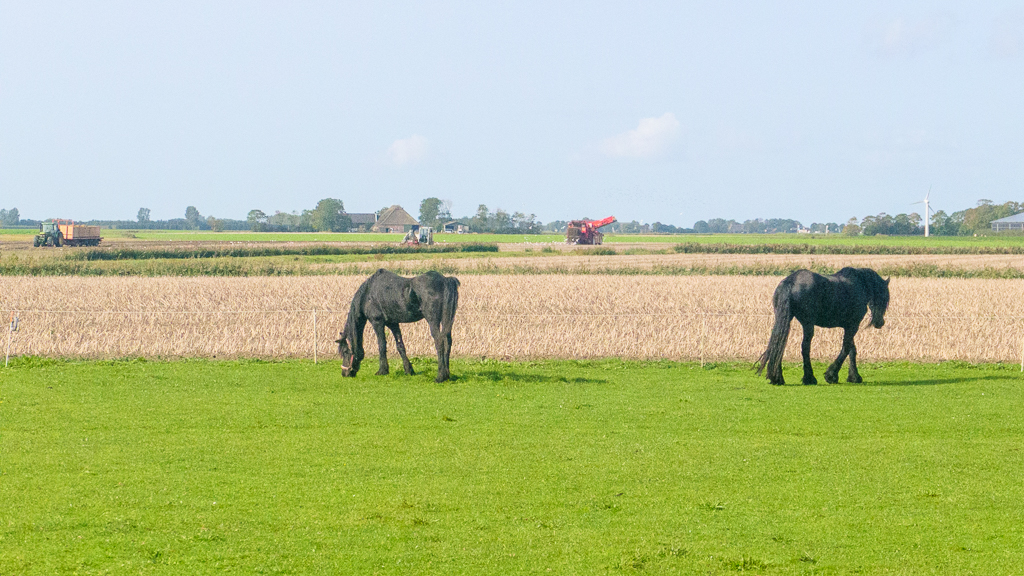
I would have liked to have been able to stop and sample some of the produce available on the roadside!

Conny pointed out the town of Sexbierum (named after Pope Sixtus II); apparently they have a problem with disappearing city limits signs! The WhatsApp sign under the name is for a neighborhood watch group – I guess they don’t have Nextdoor in the Netherlands.

We returned to the River Empress for lunch; it was displaying the Frisian flag to honor our hosts.
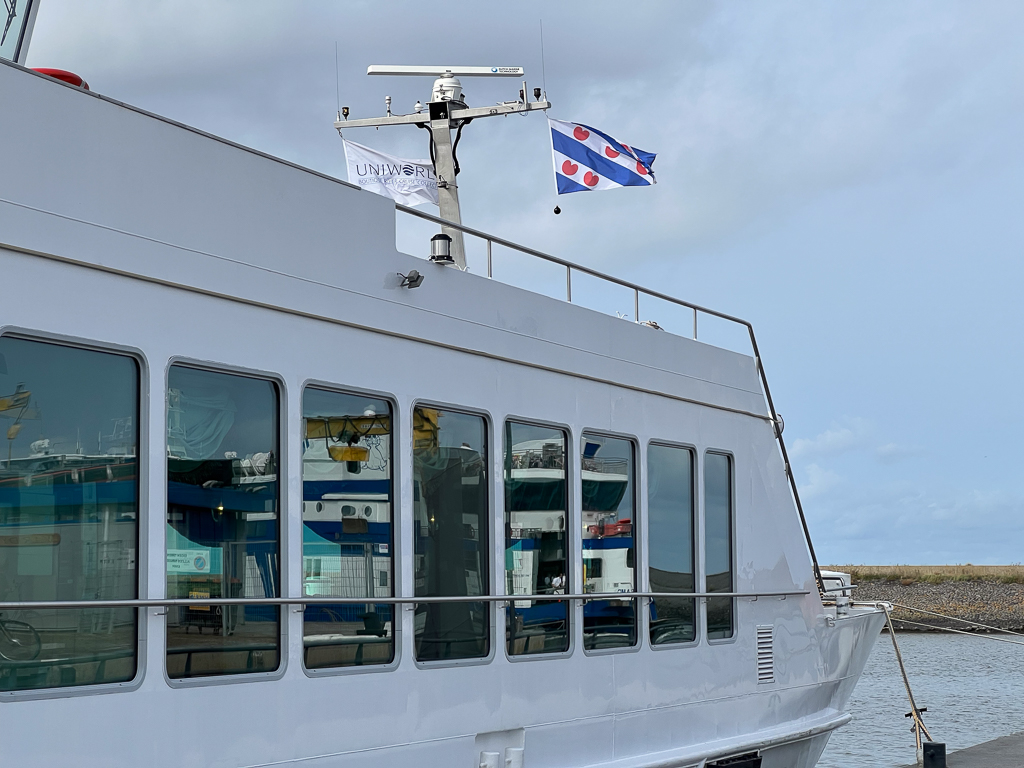
Conny had told us that the commercial harbor had been moved to a location a few kilometers away; some of the larger facilities in this harbor that were left behind have been converted into hotels. You can stay in a crane, a lighthouse, or a sand funnel – if you have several hundred Euros burning a hole in your pocket.
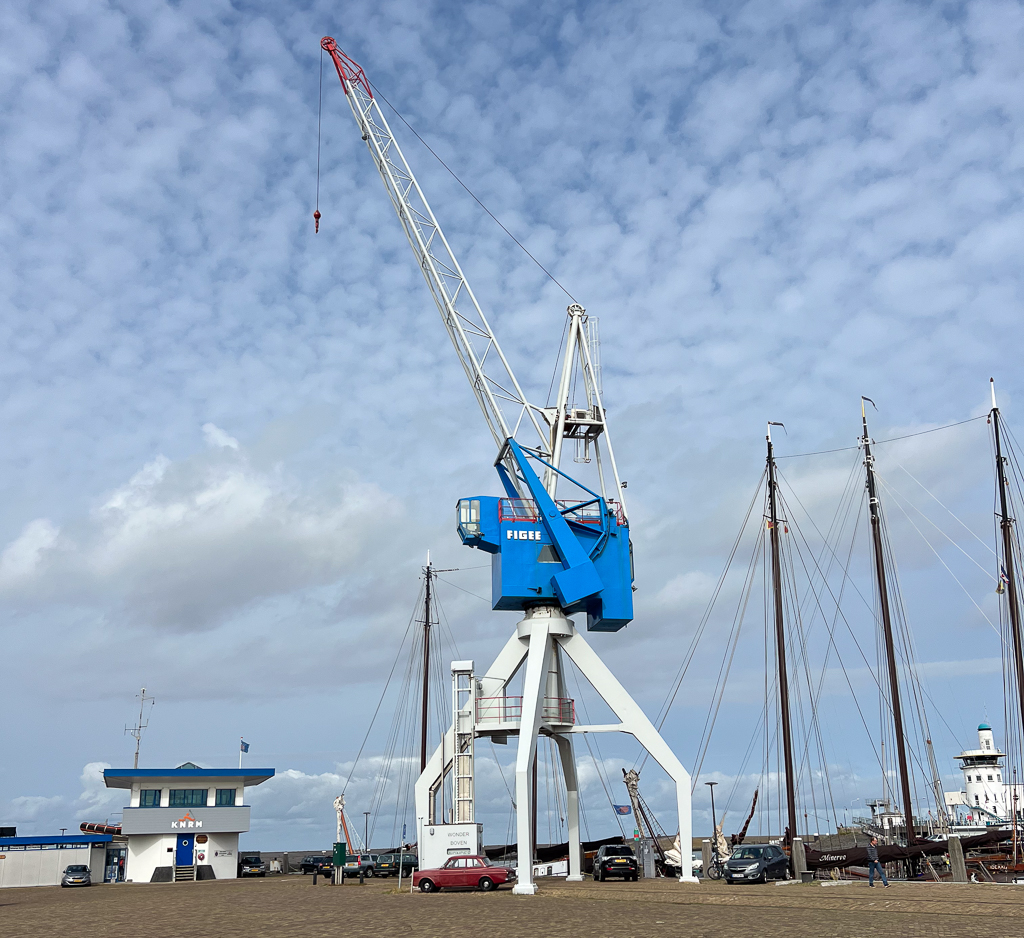
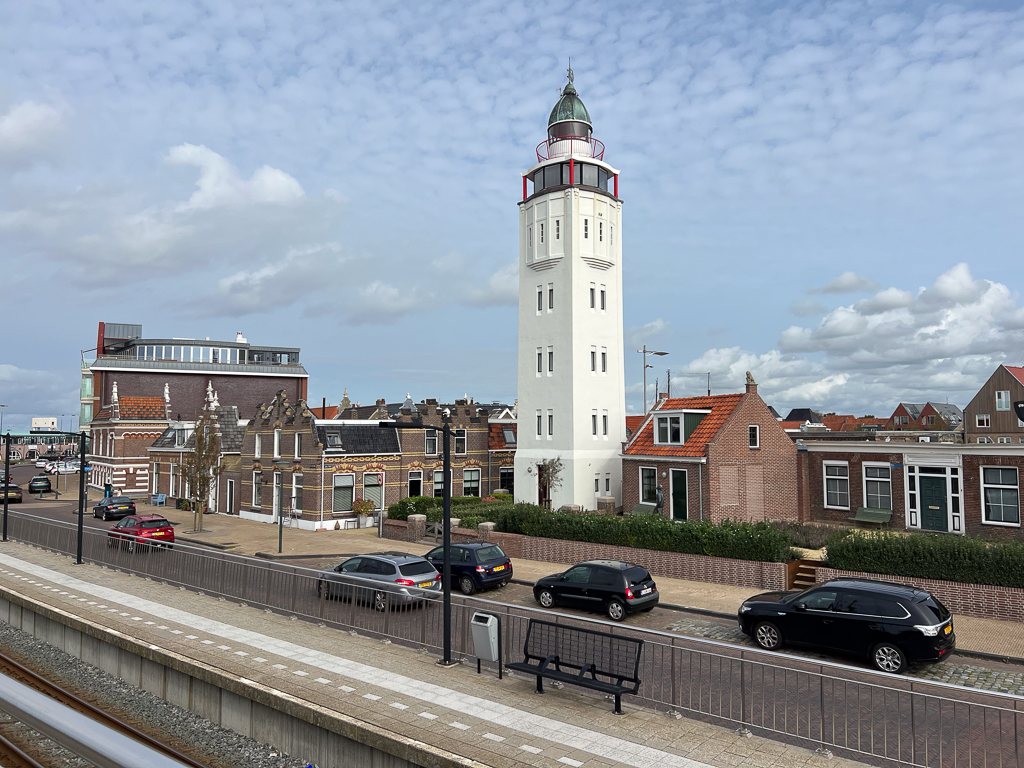

After lunch, Diane and I took a walk through Harlingen. The White Swan, which is apparently the oldest yacht in the Netherlands, was moored near our ship; if we’d had time, we could have walked through it.
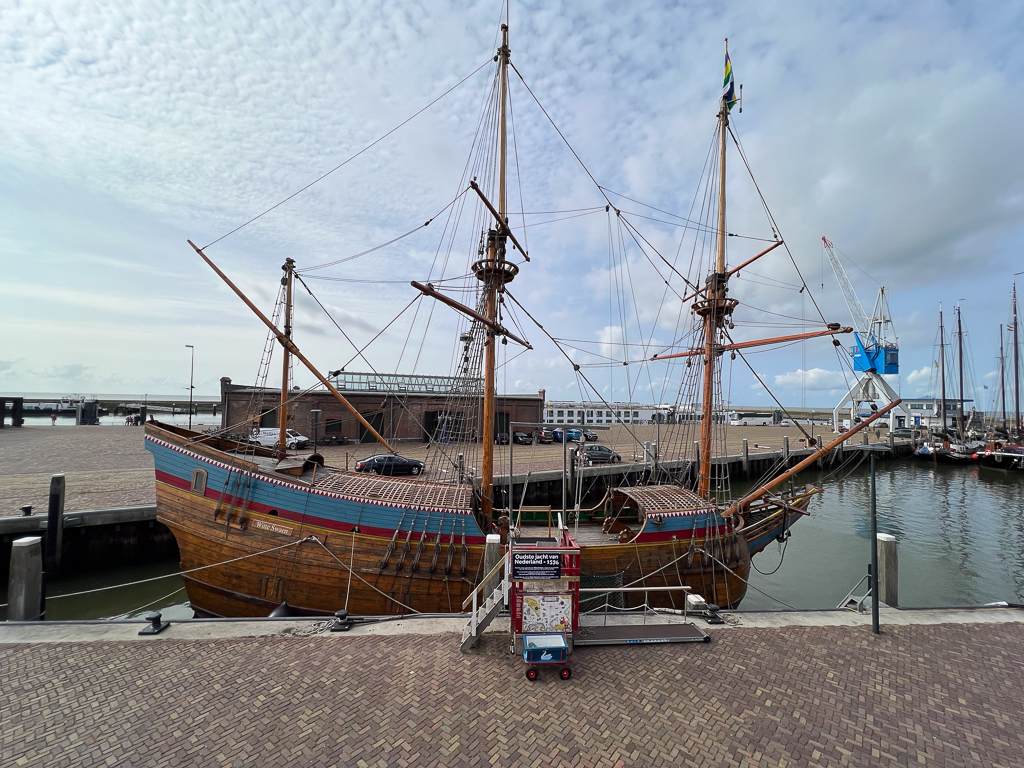
We wandered through the touristy part of town. There were lots of people on the street and a few interesting buildings and canals.
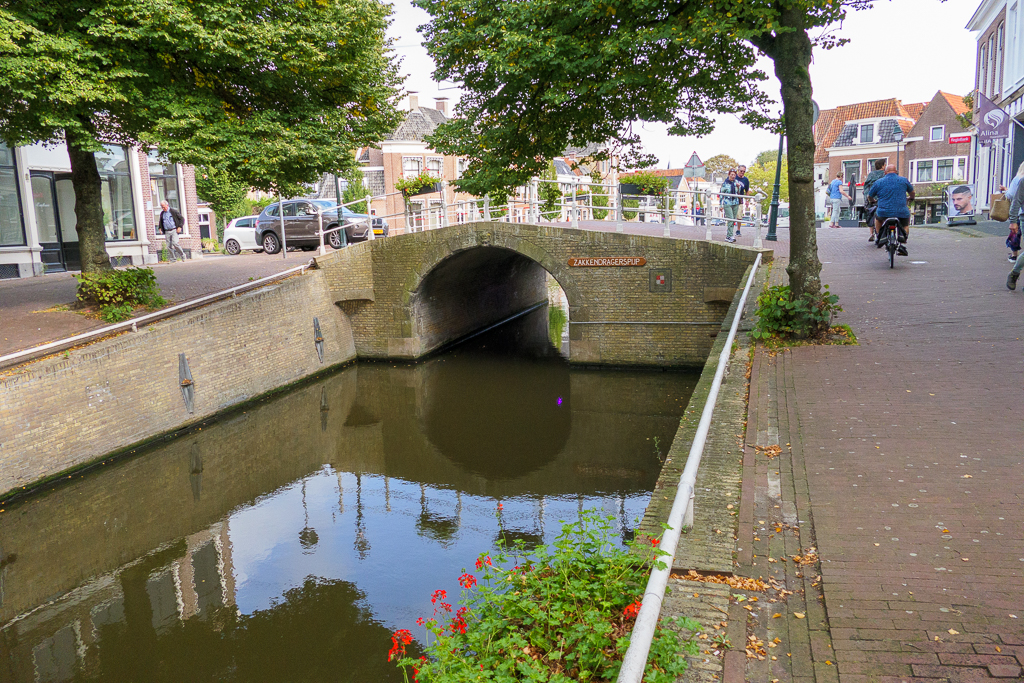

This building at Havenplein 14 was built in the 17th Century and remodeled in 1728 by Captain Hendrik Coops van Der Woude; by 1890, Harlingen had fallen on hard times and there were 38 people living in the house! Today, it would sell for about half-a-million Euros.
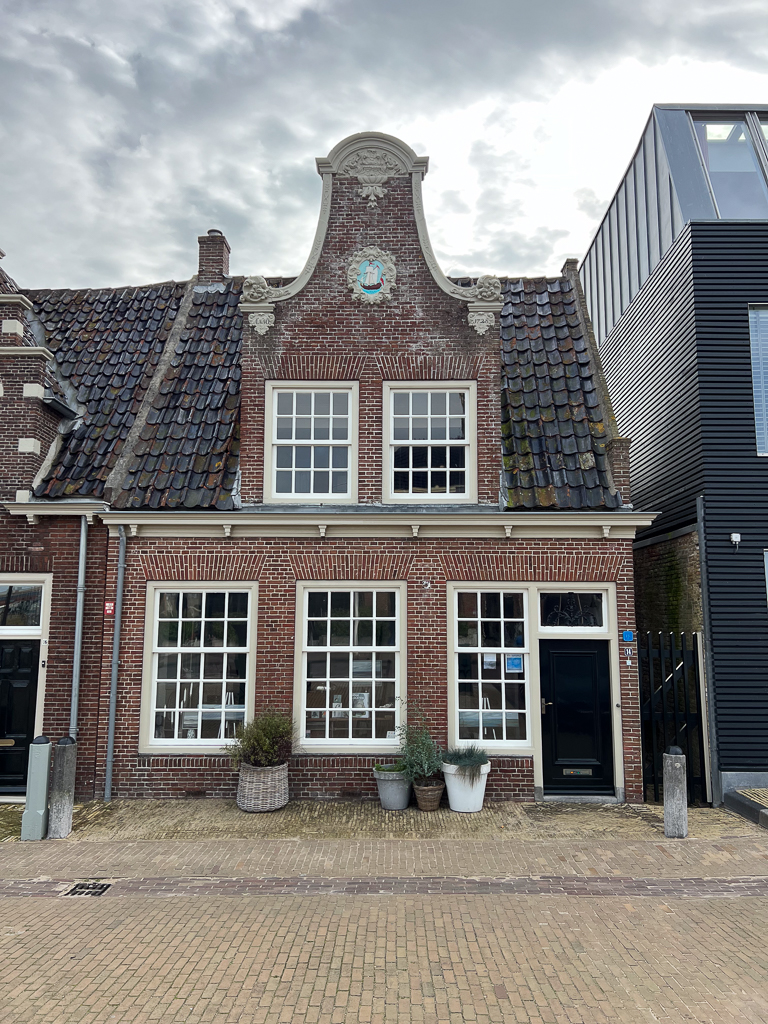
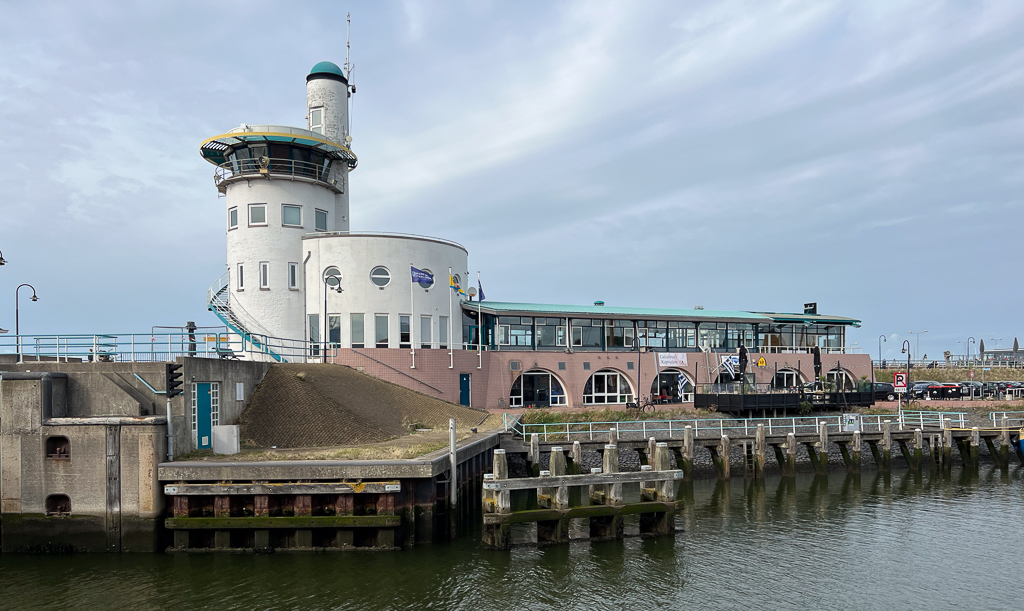
Harlingen had one of the 11 fountains, too; theirs is named “The Whale” and looks like a stranded whale. It’s supposed to spout water from time to time, but I didn’t see that.
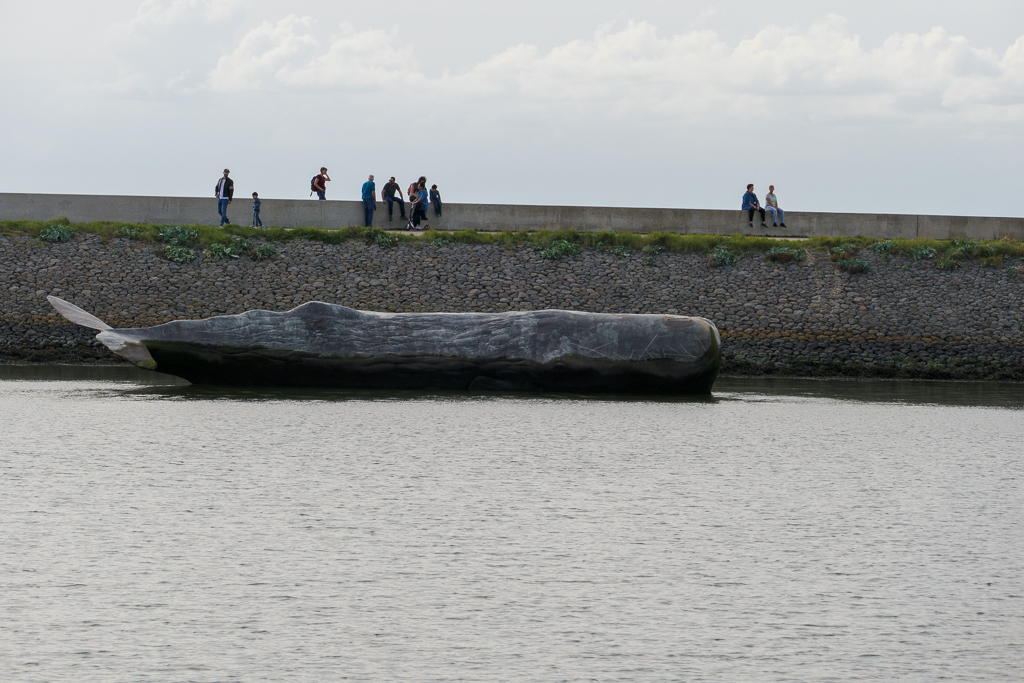
We left Harlingen and sailed back into the IJsselmeer; the scenery was quite different by daylight!
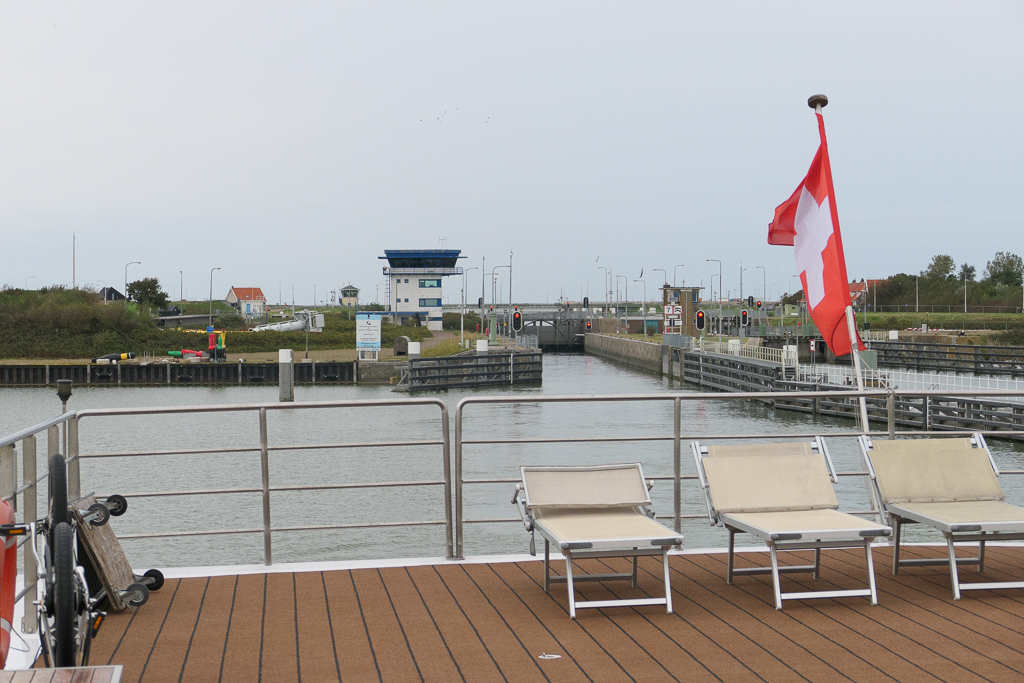
During dinner, we crossed from the IJsselmeer to the Markermeer. While we were waiting for the water in the lock connecting the two to reach the right level, our waiter pointed out the highway running under the lock.
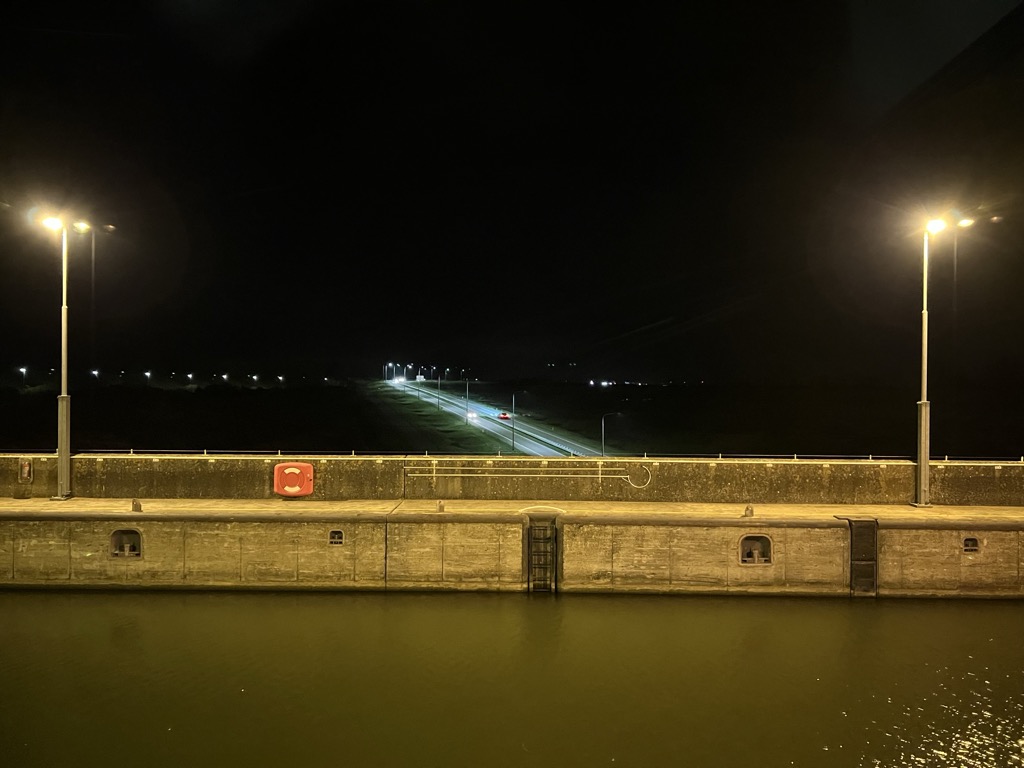
The Netherlands is an interesting place – and they know how to manage their water!
